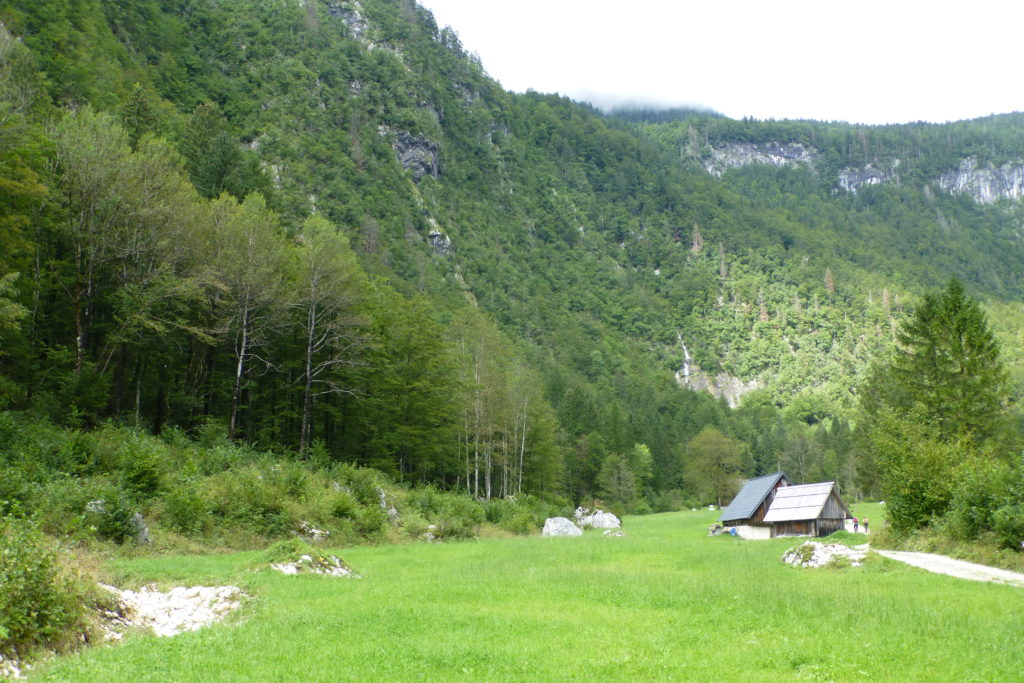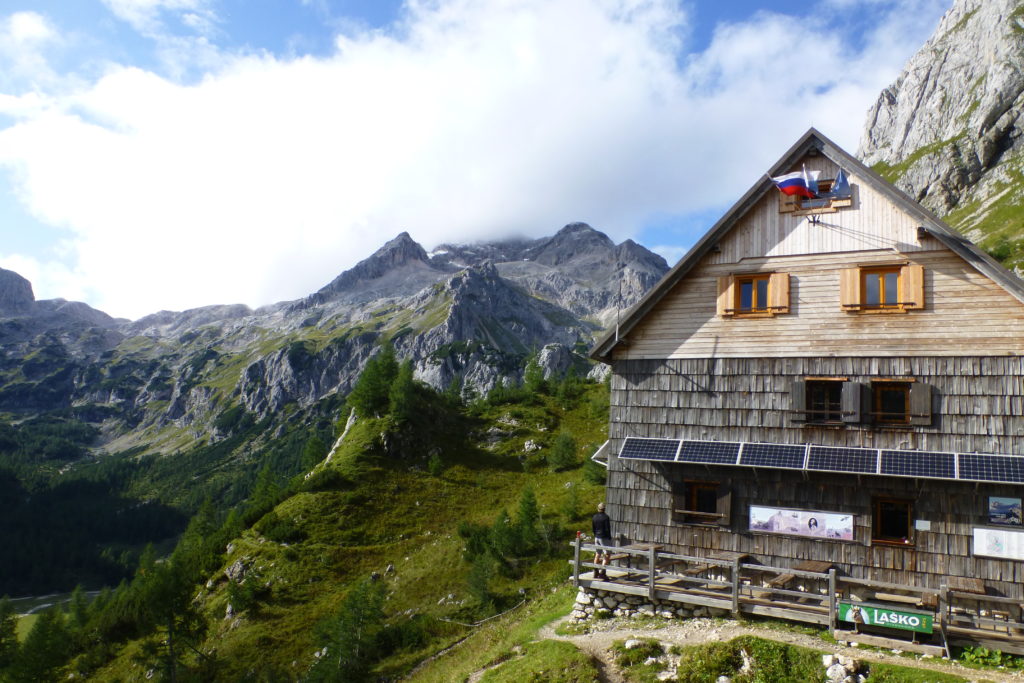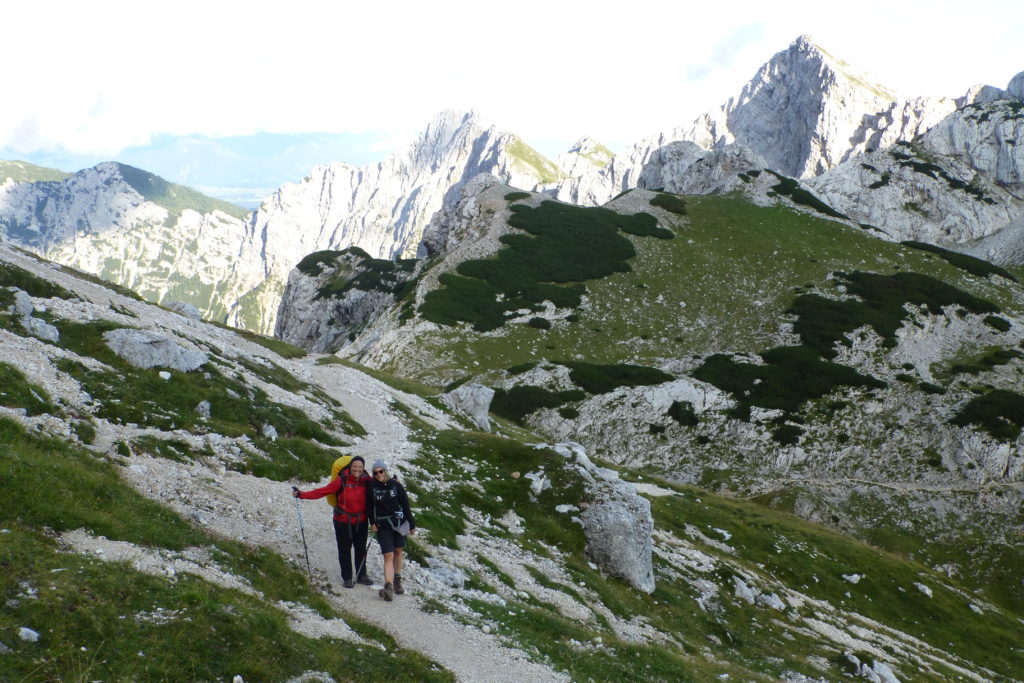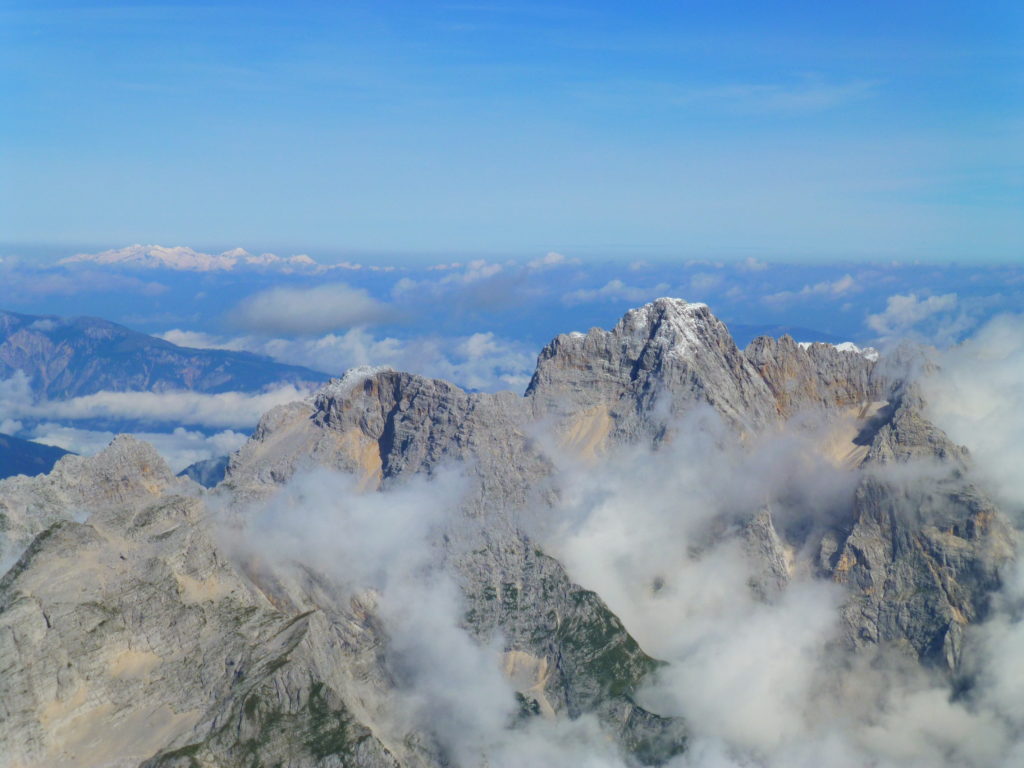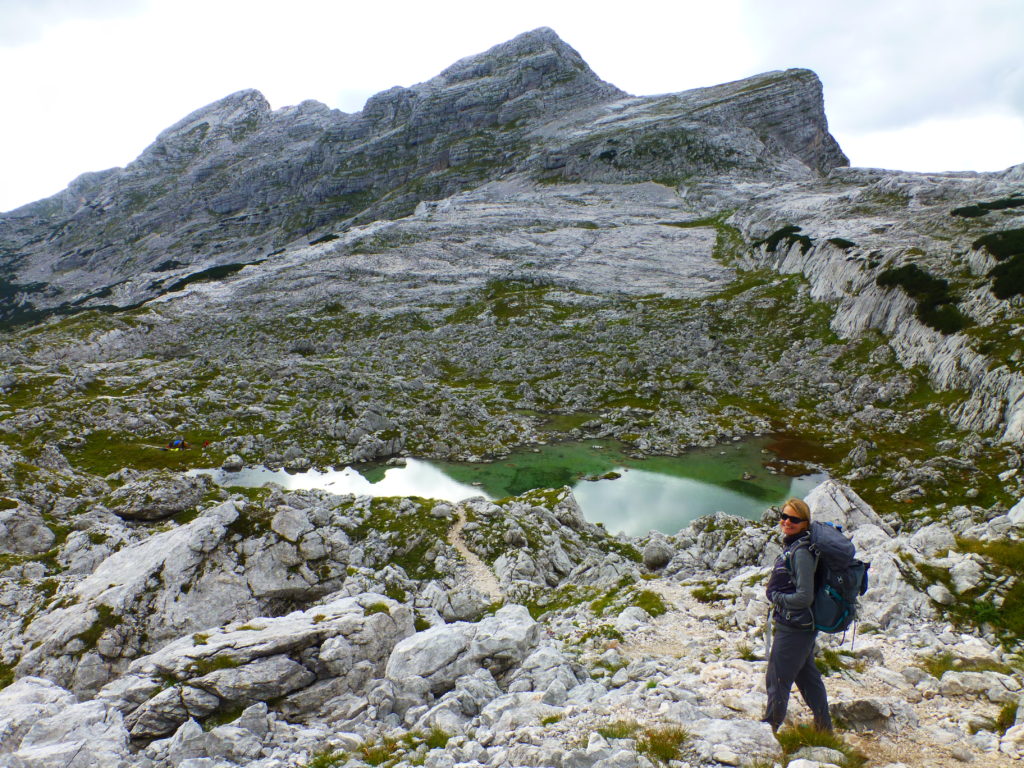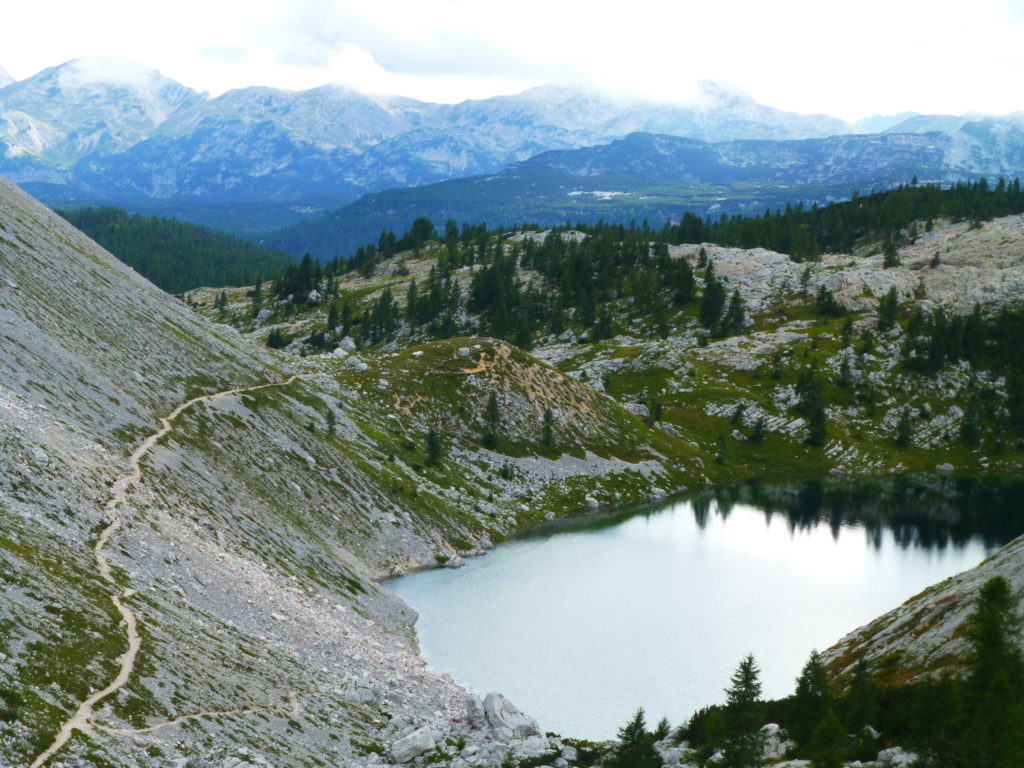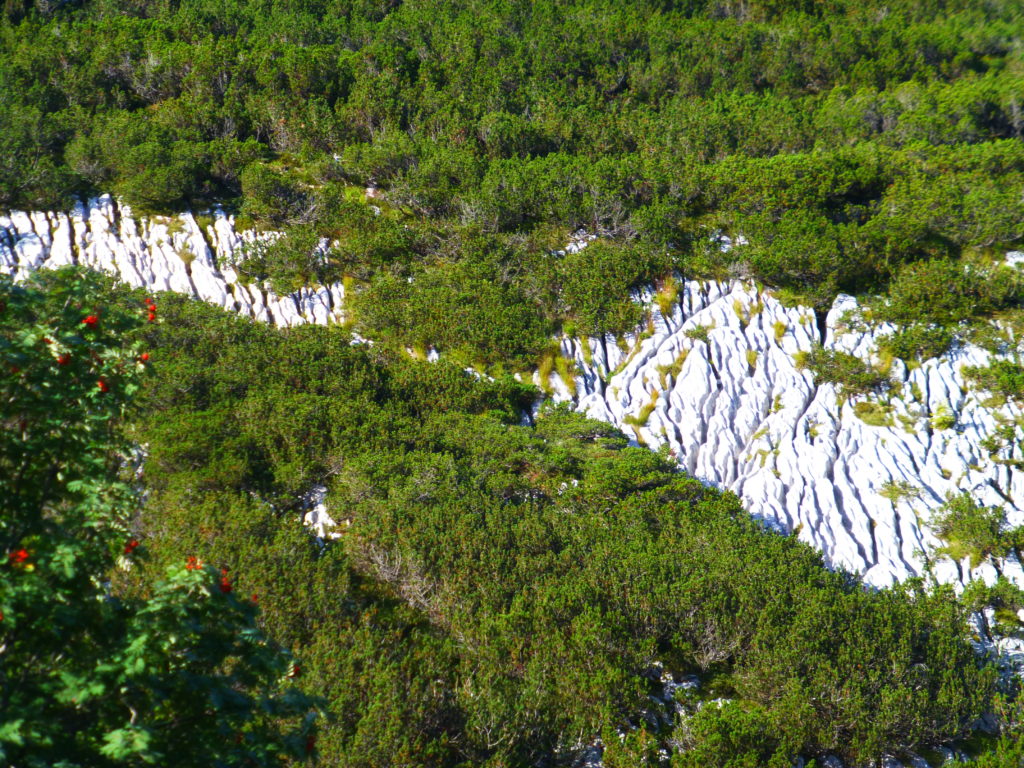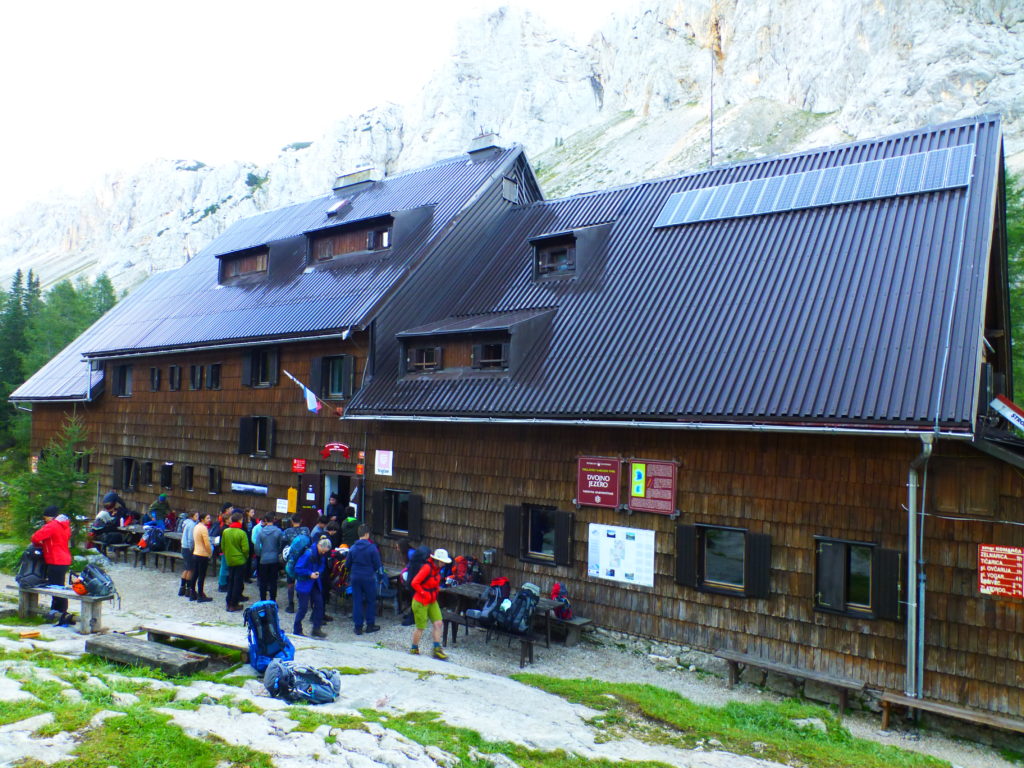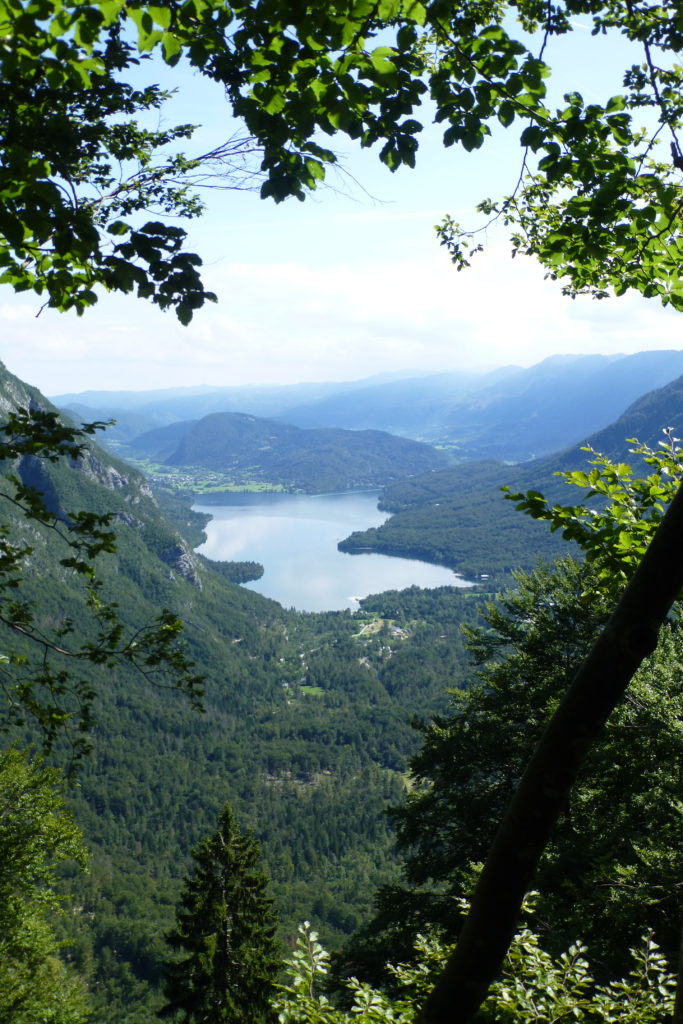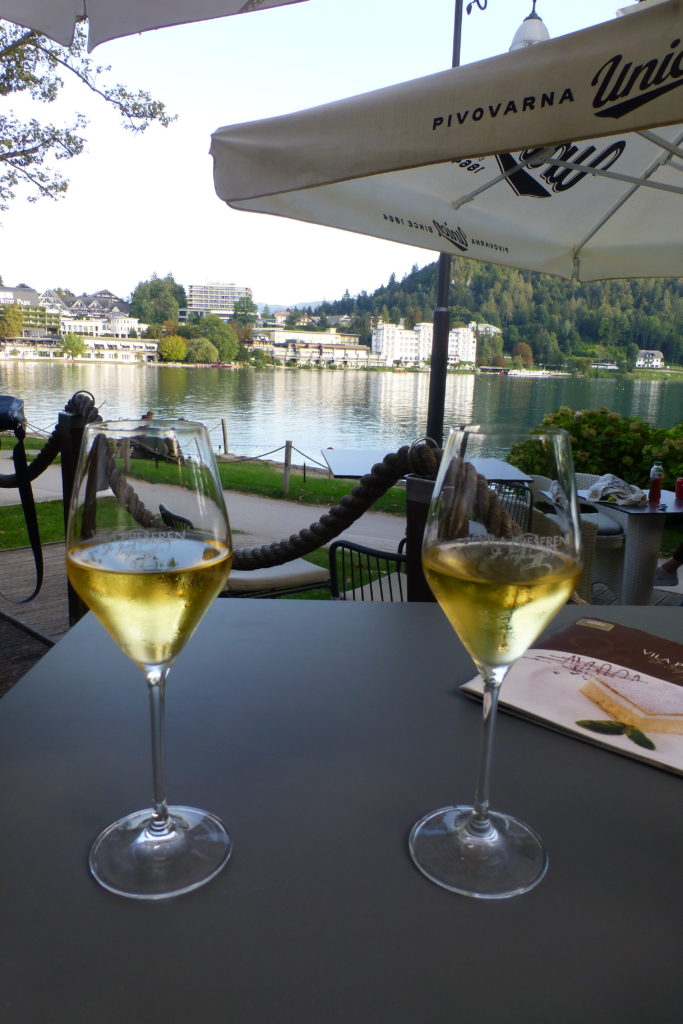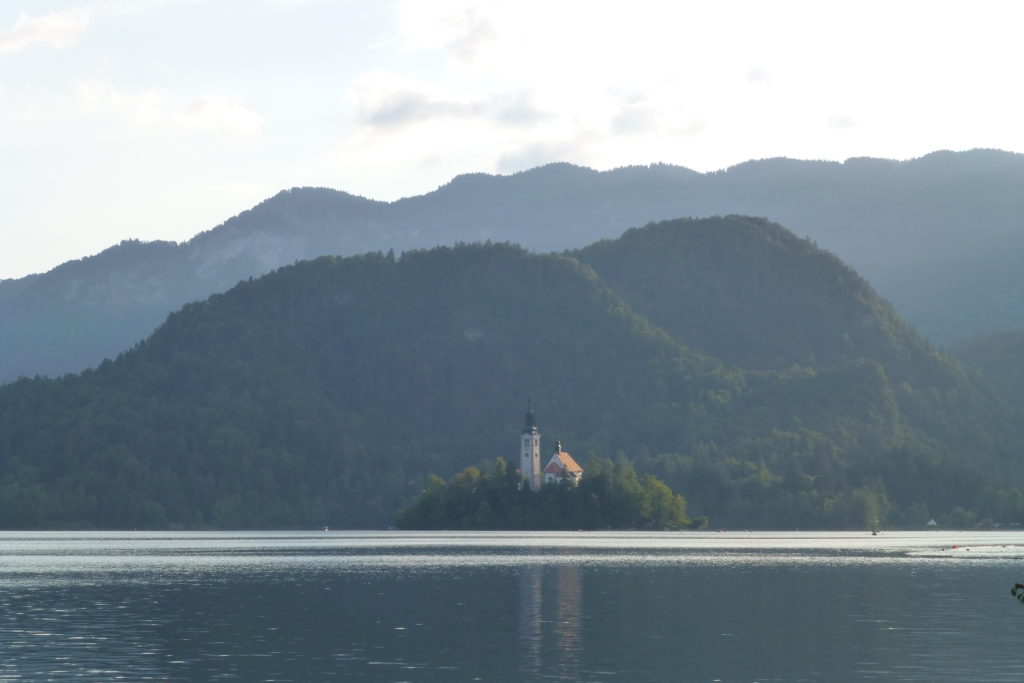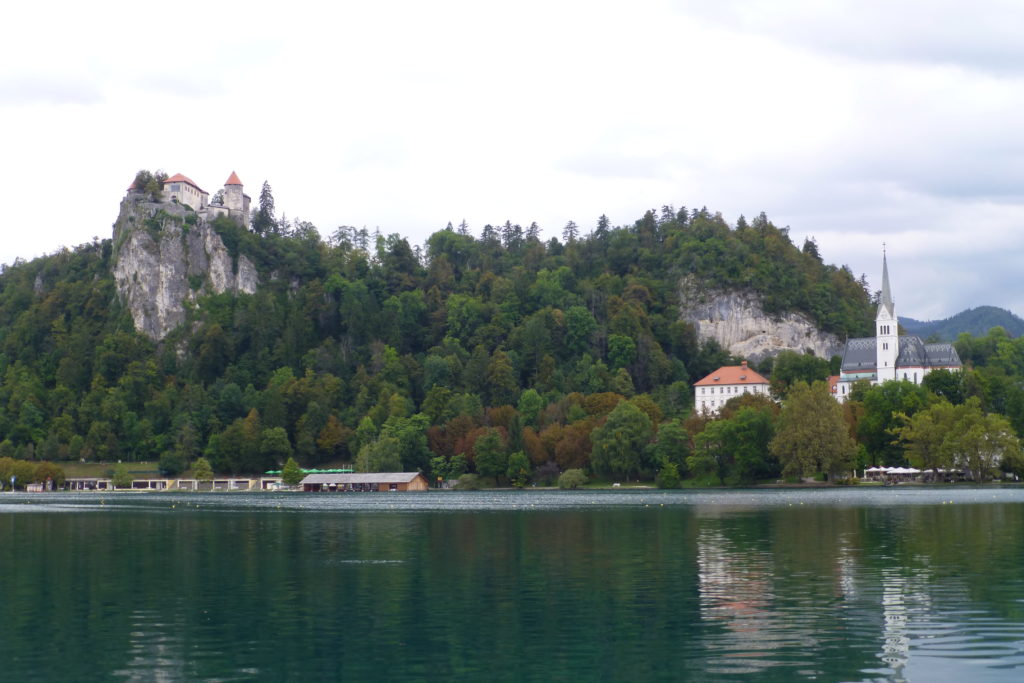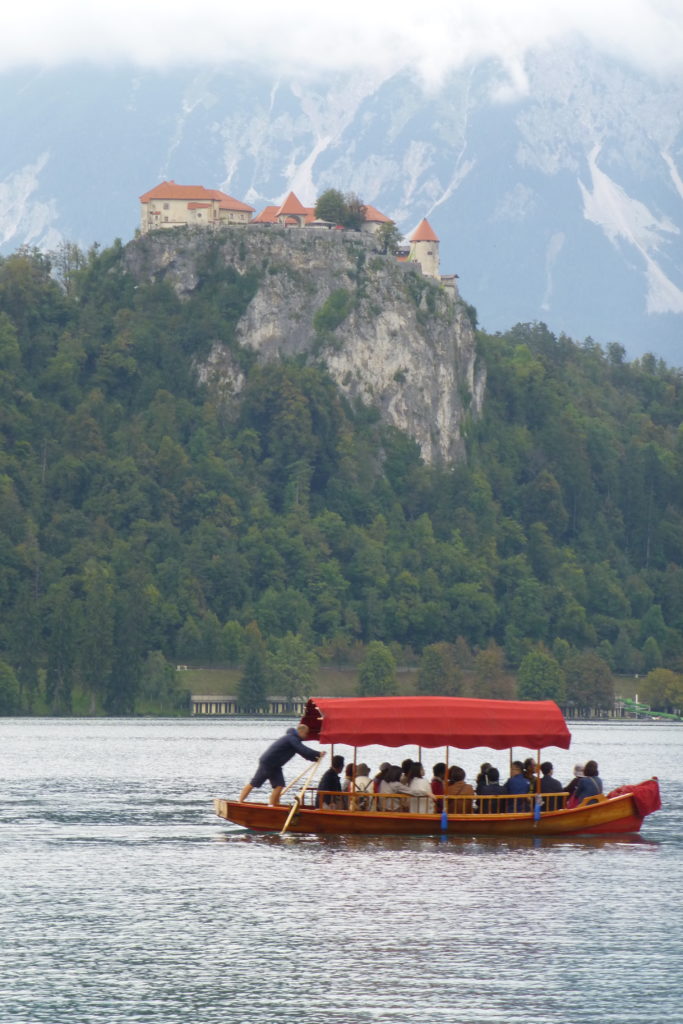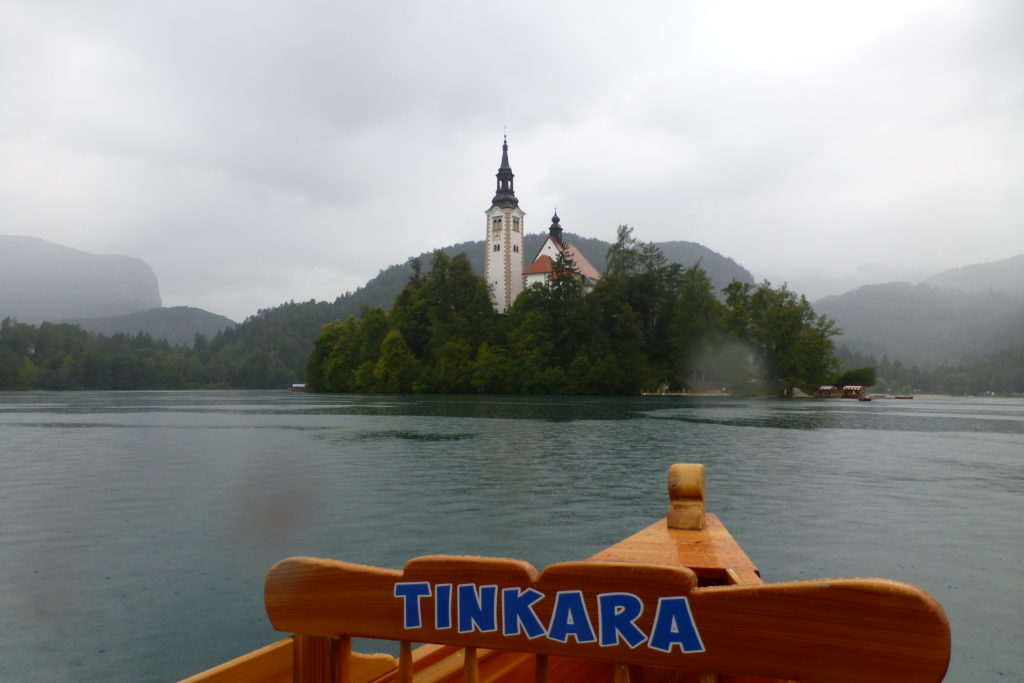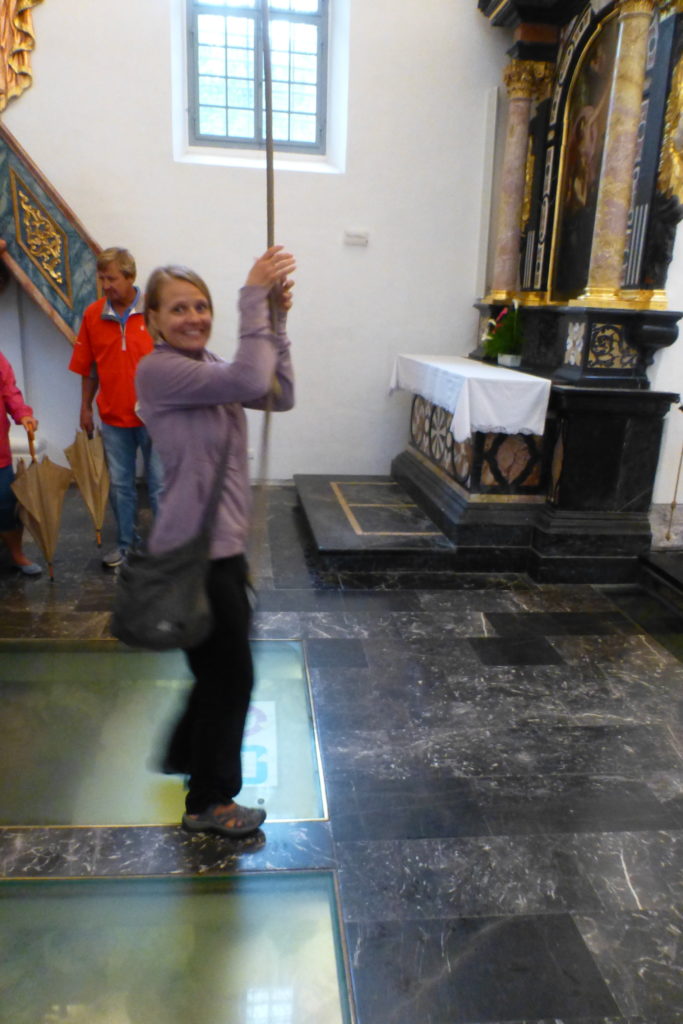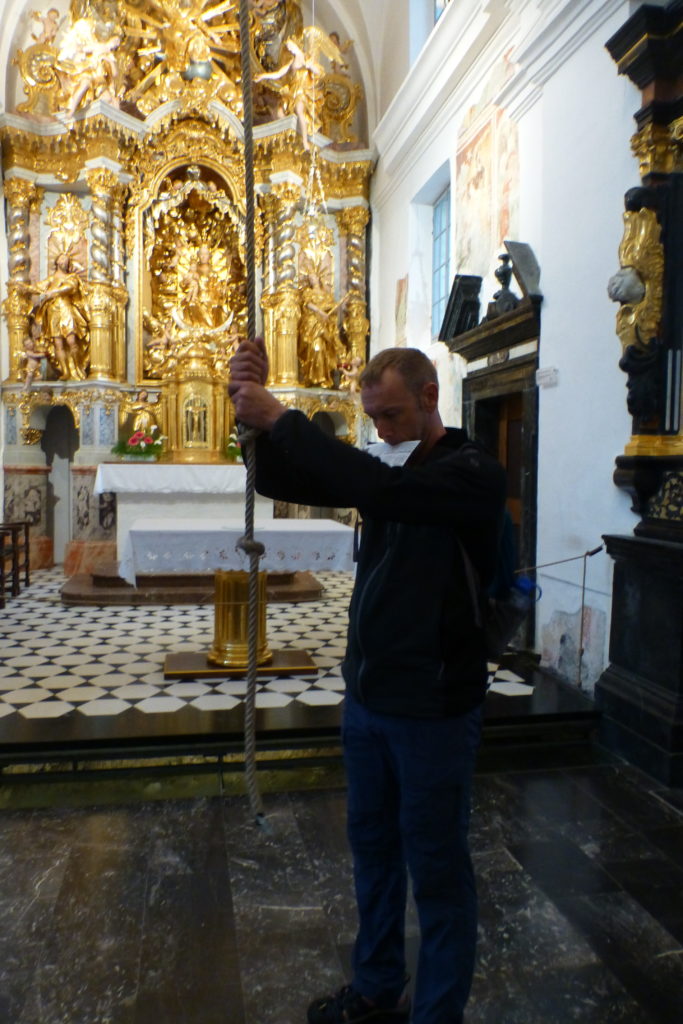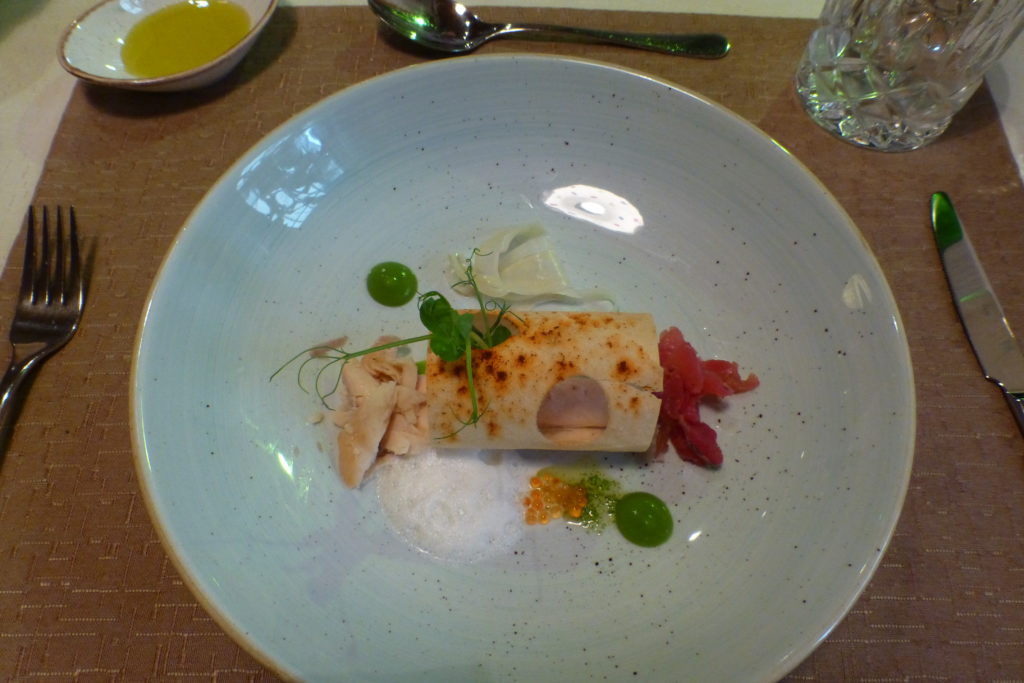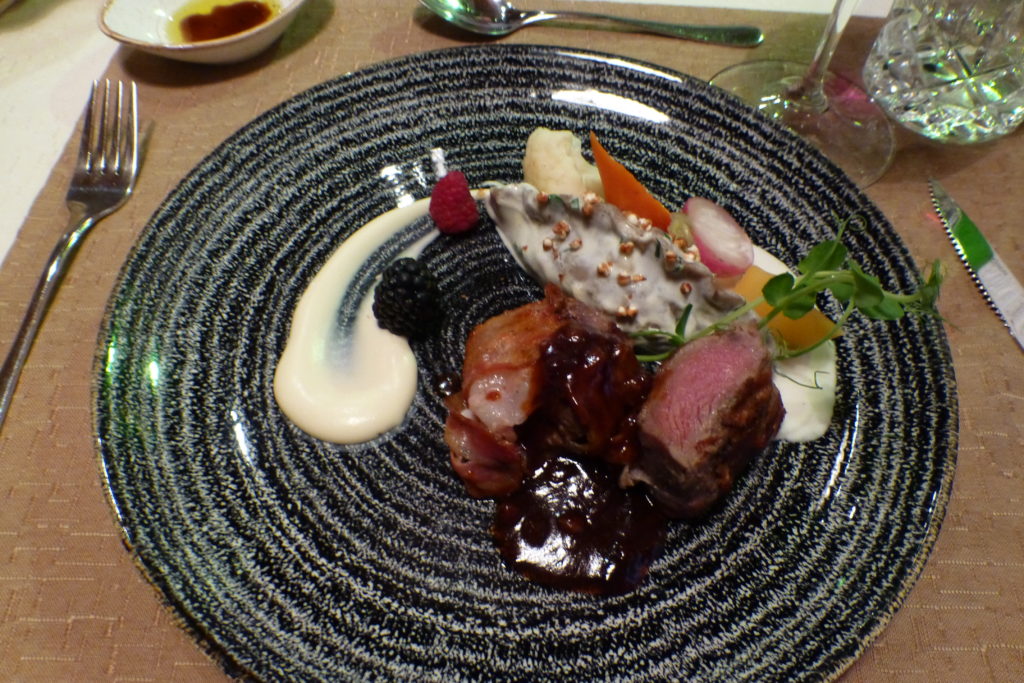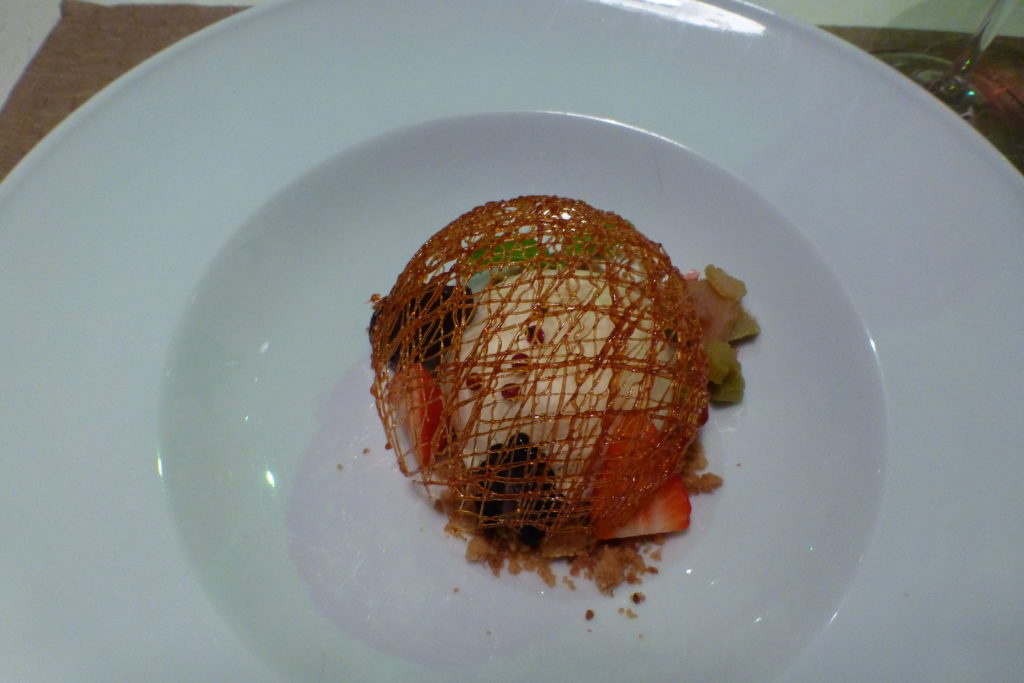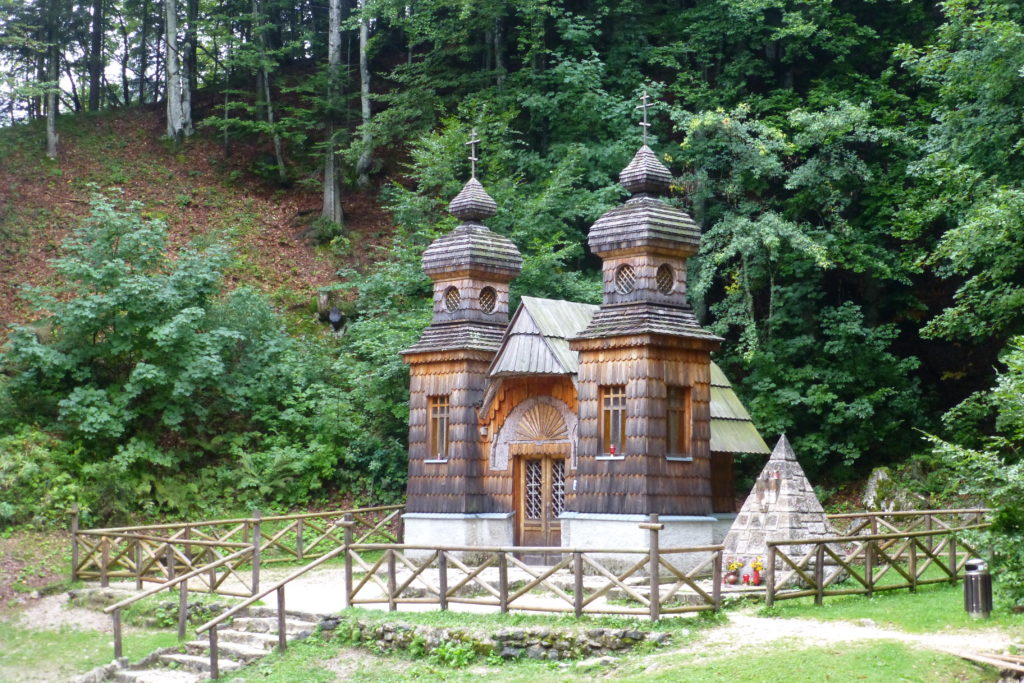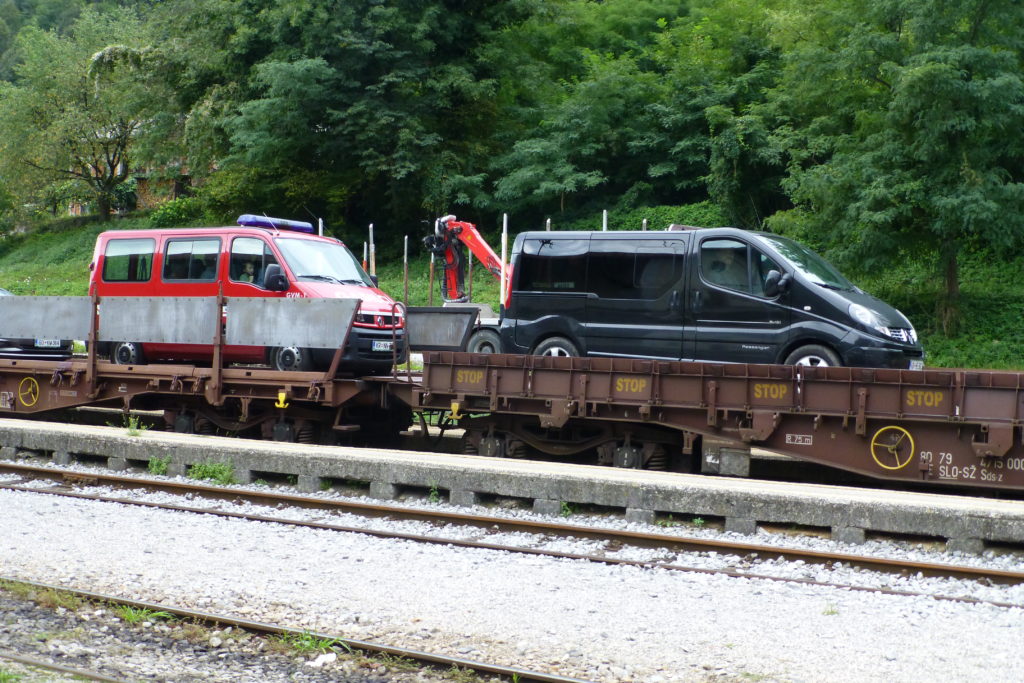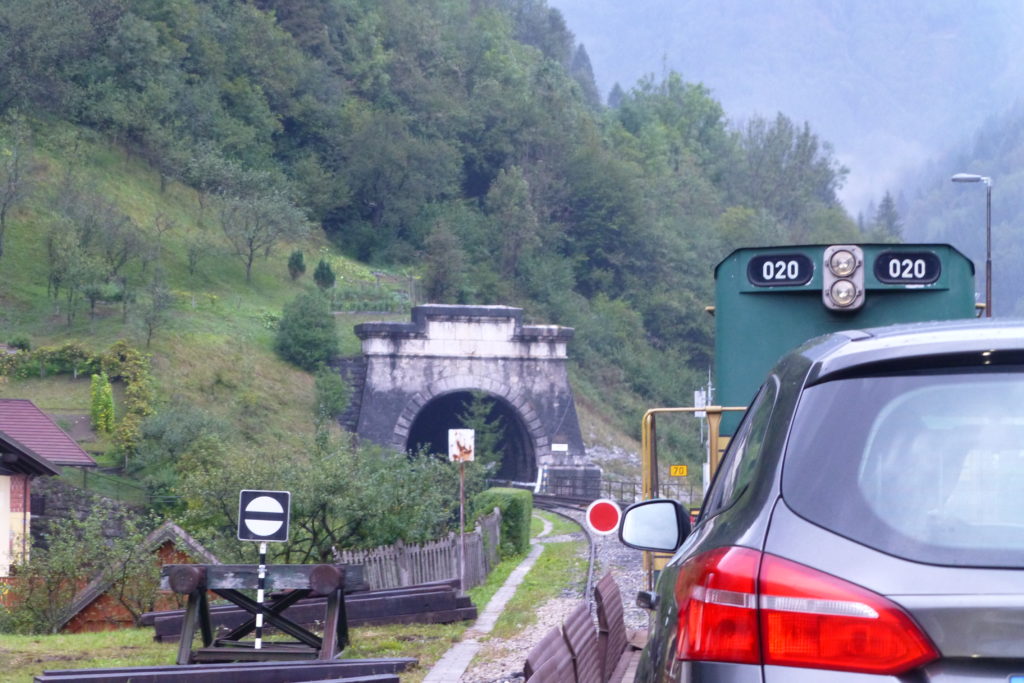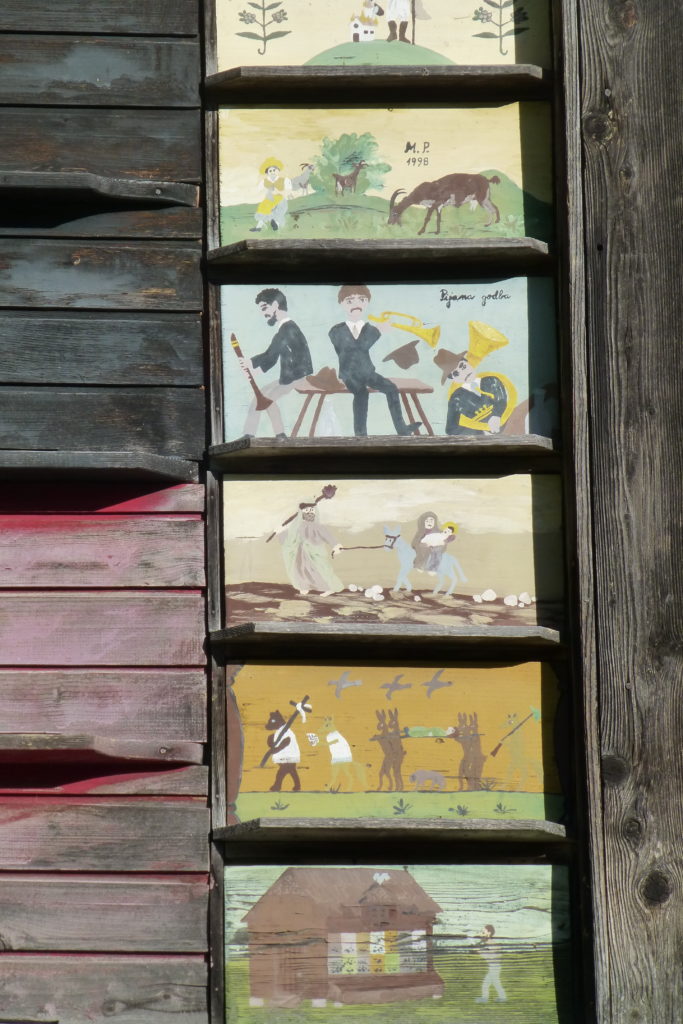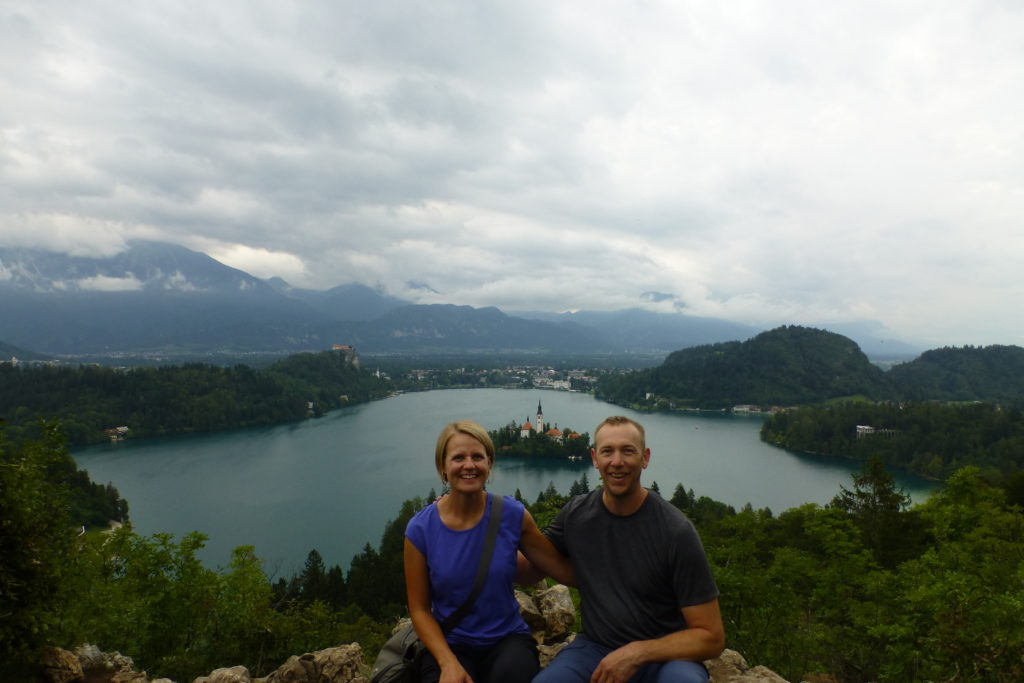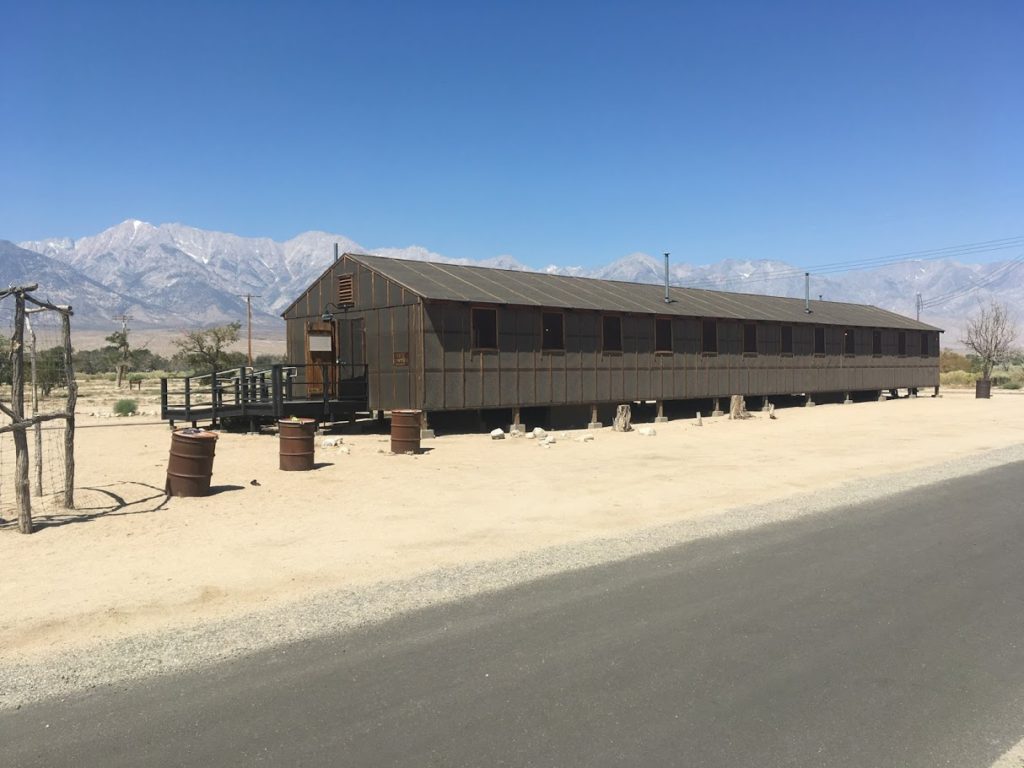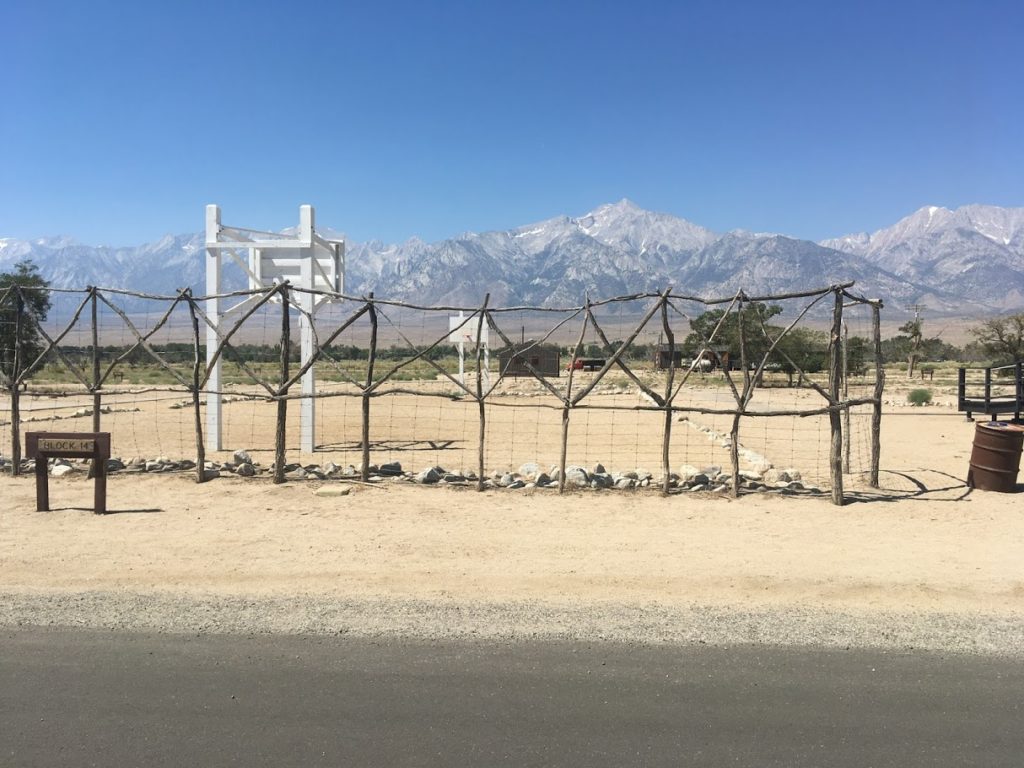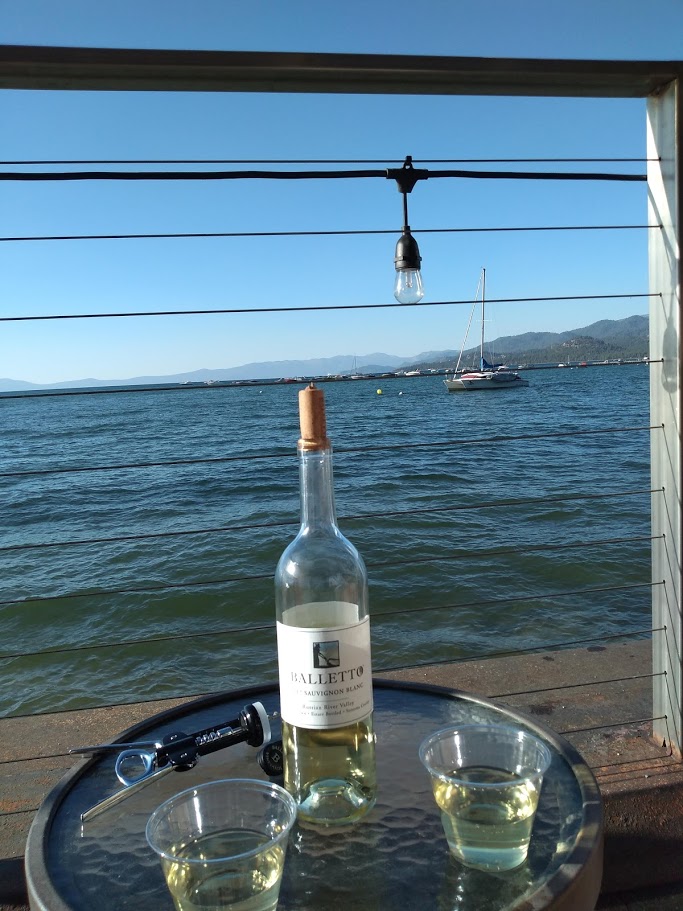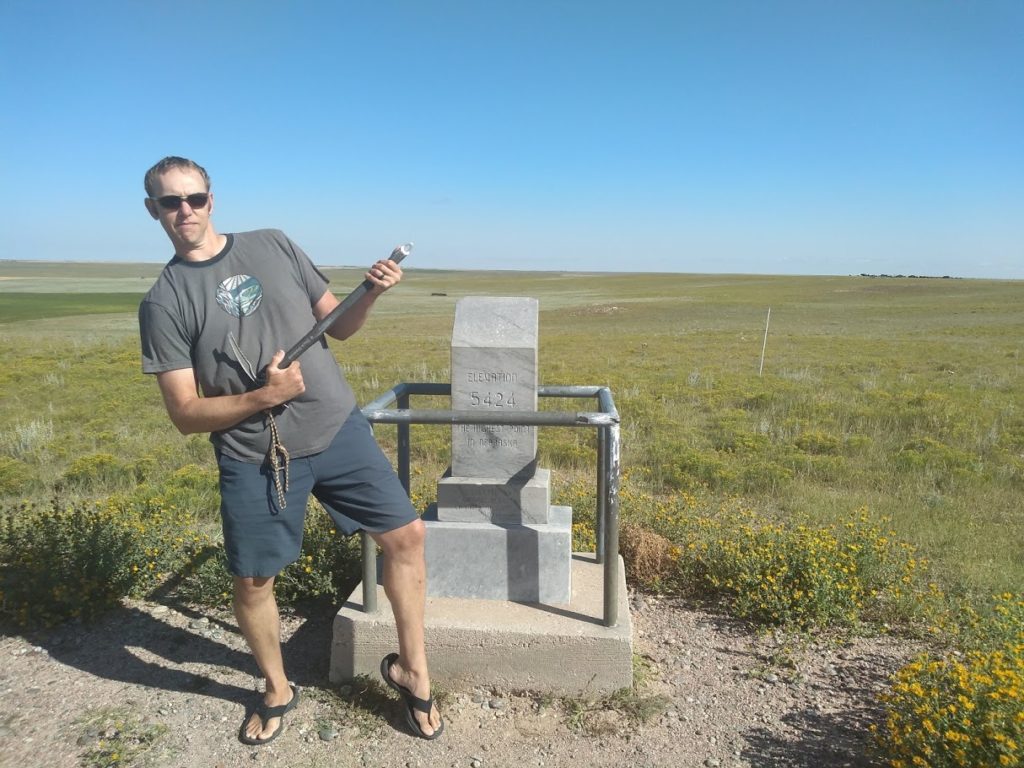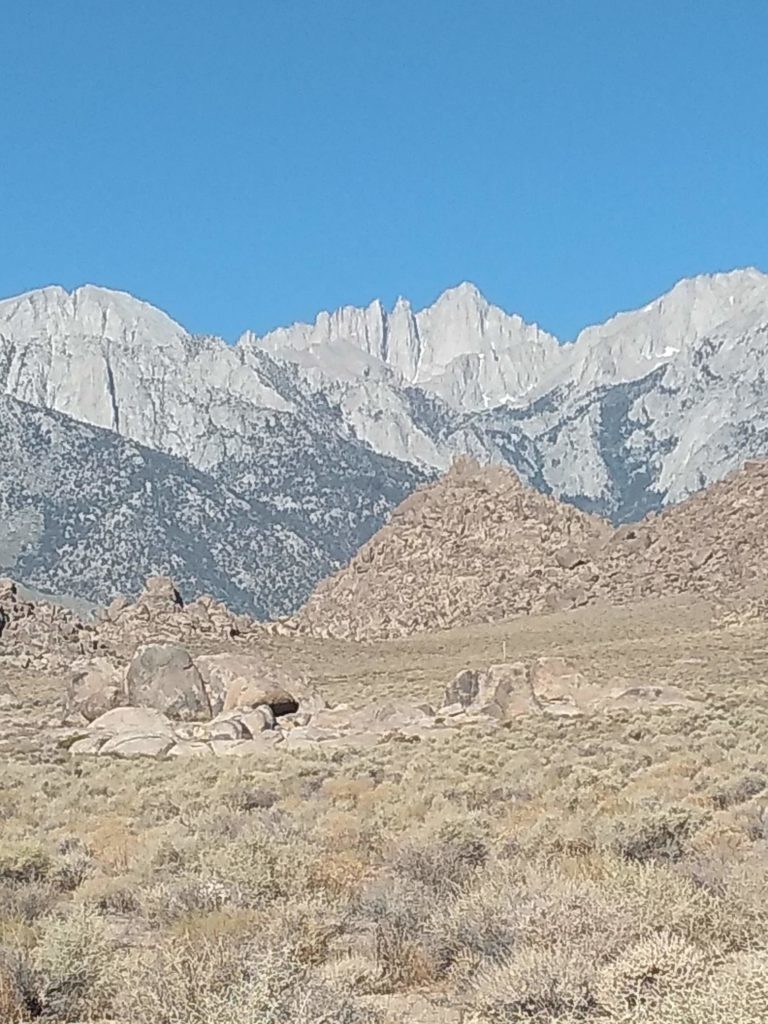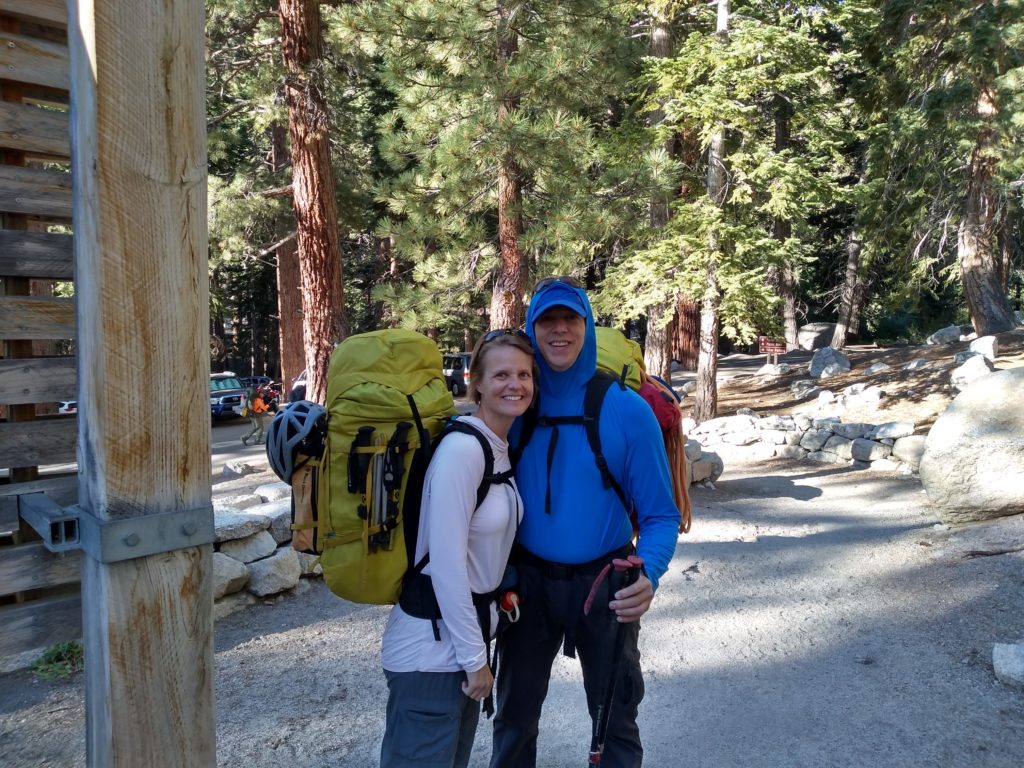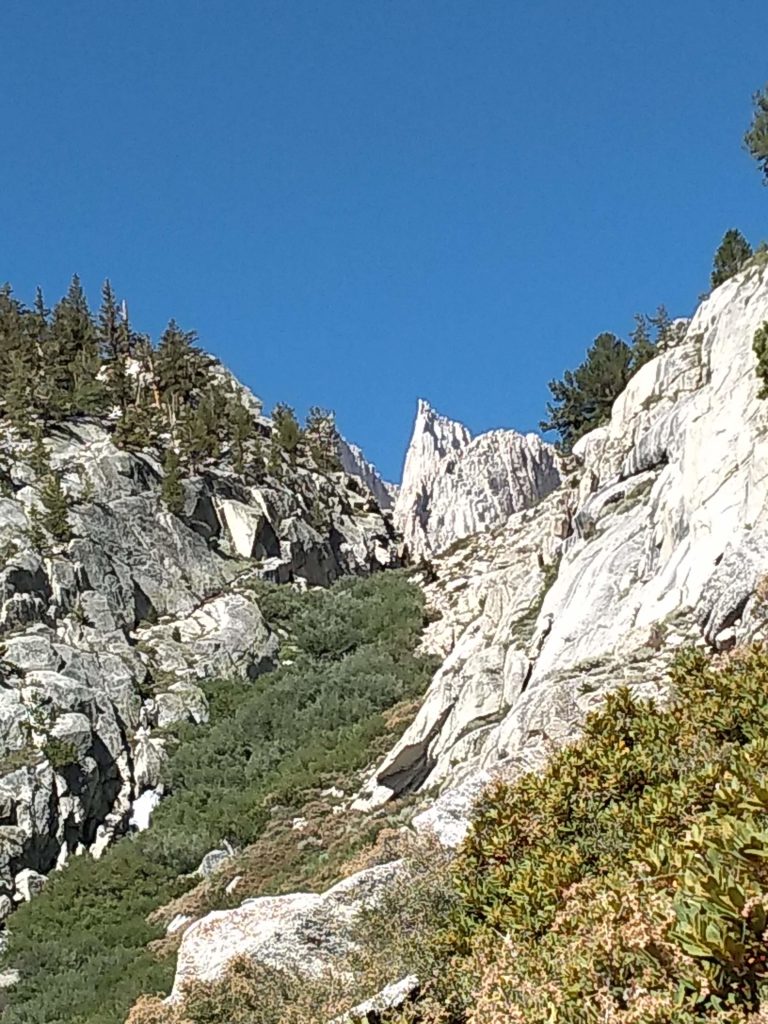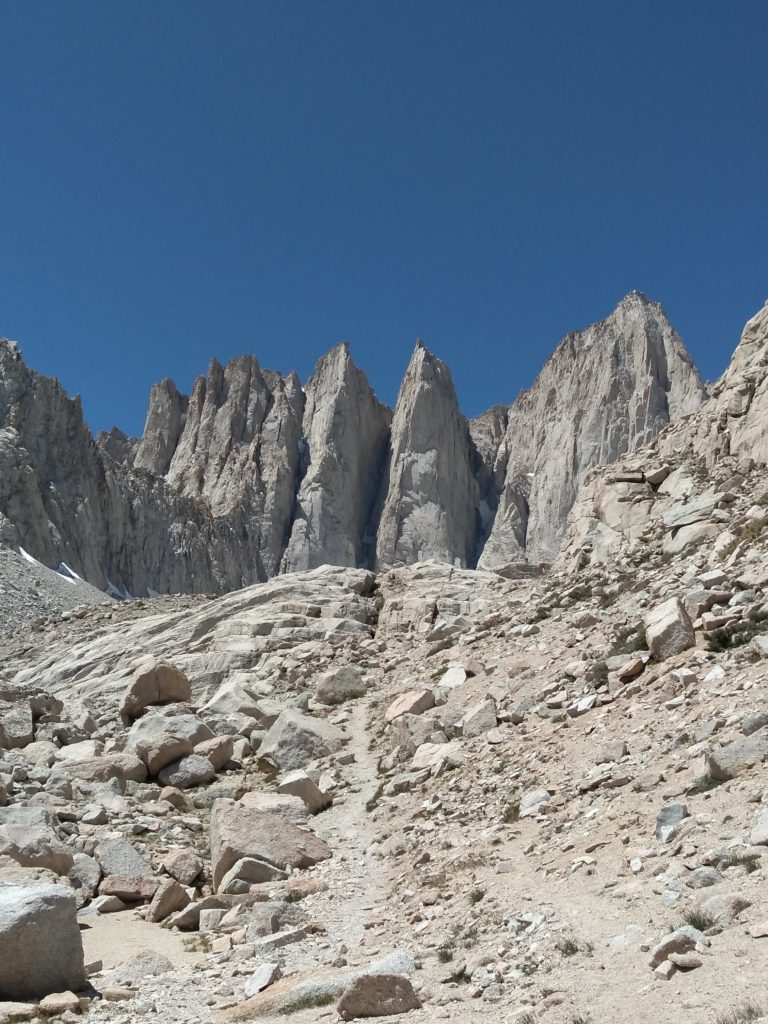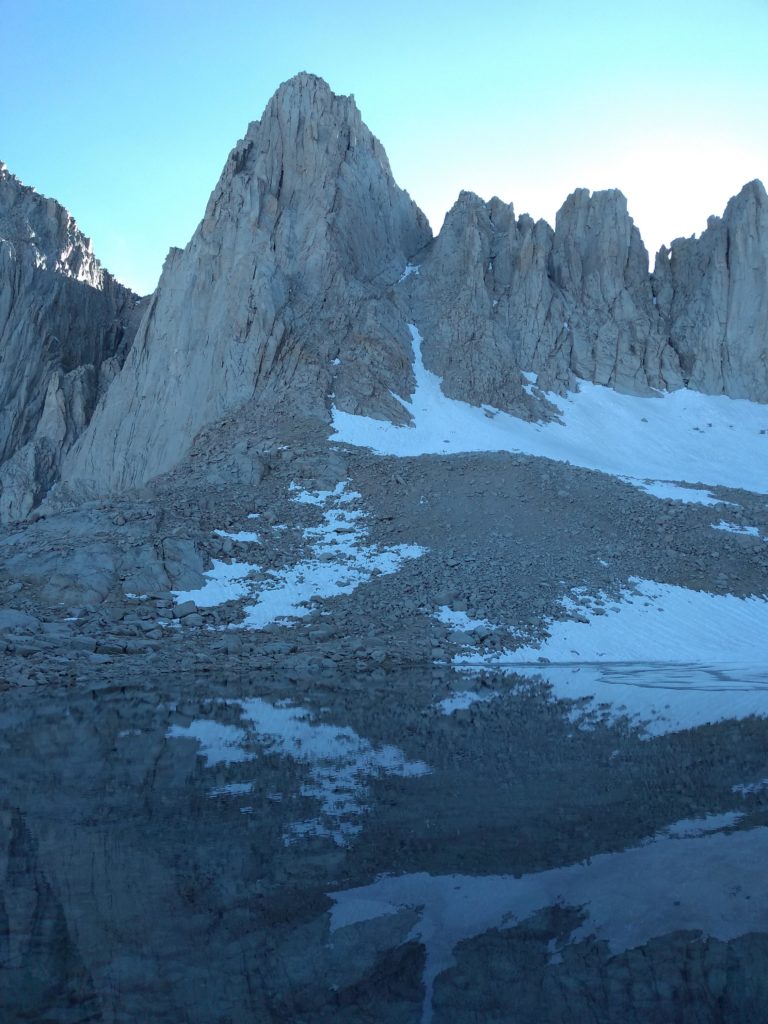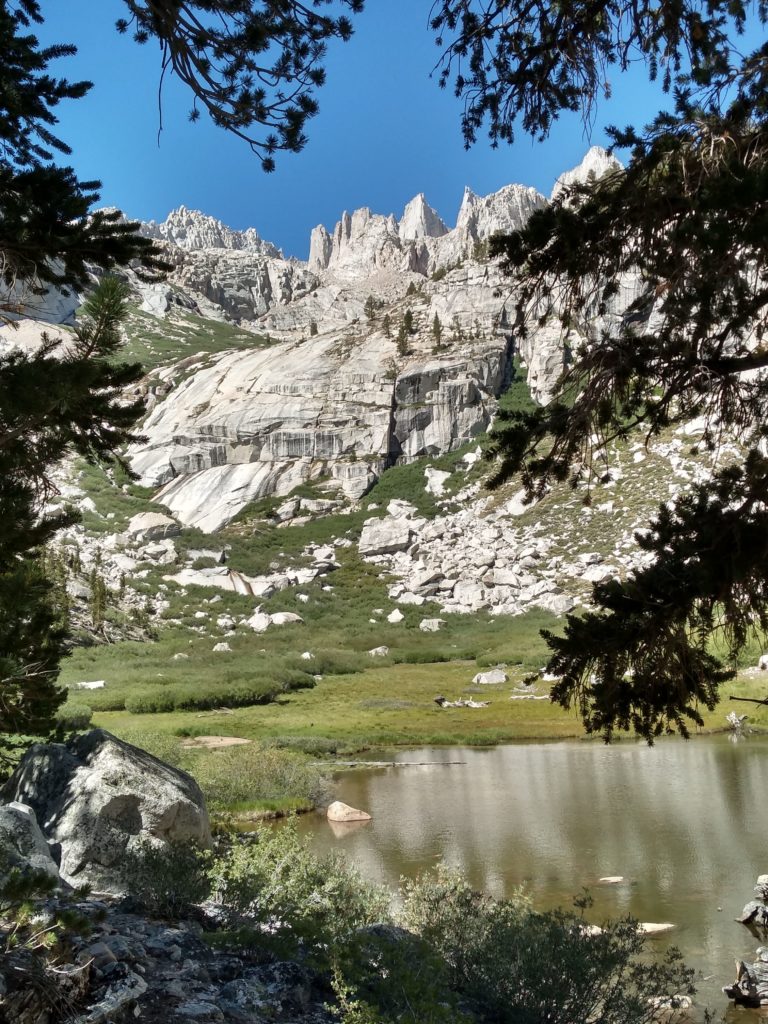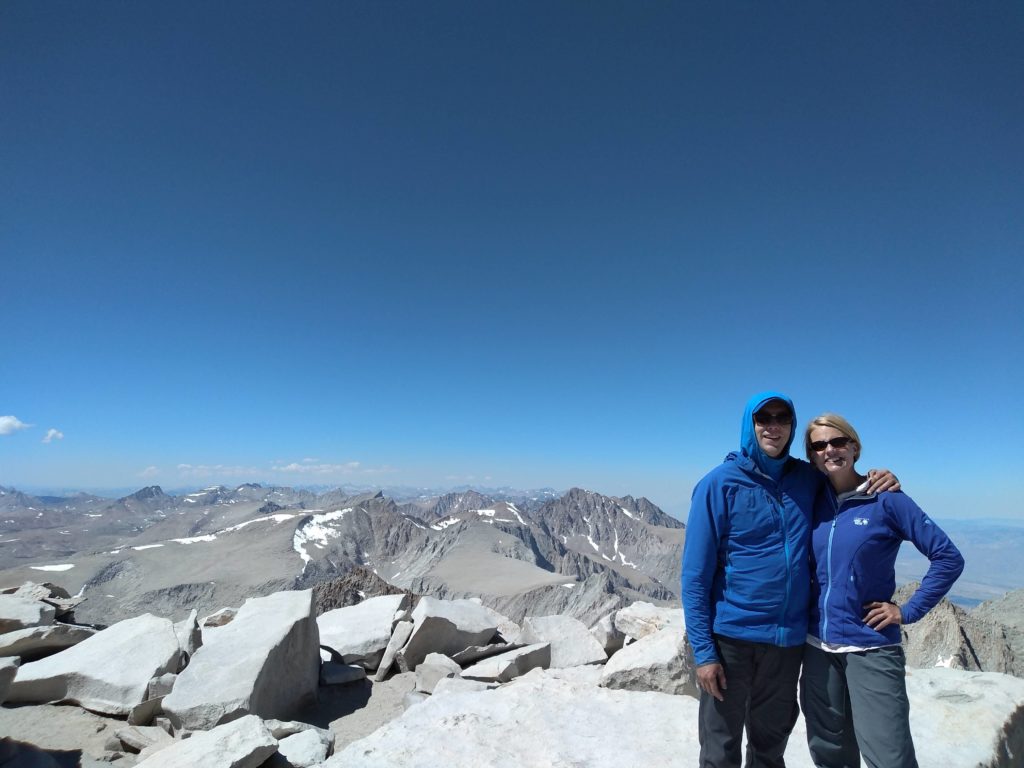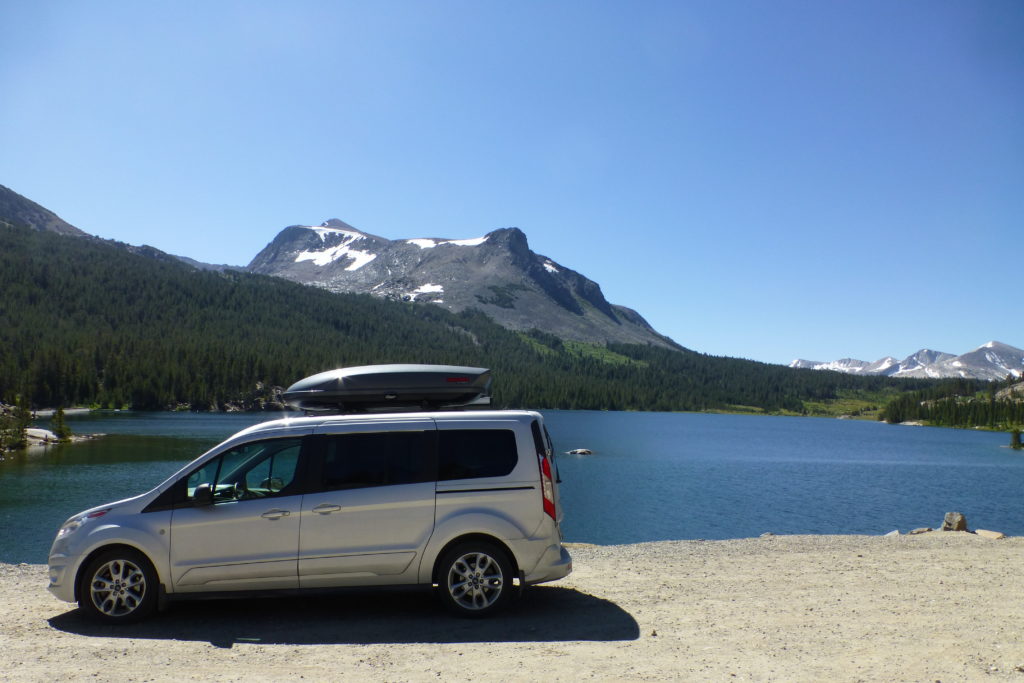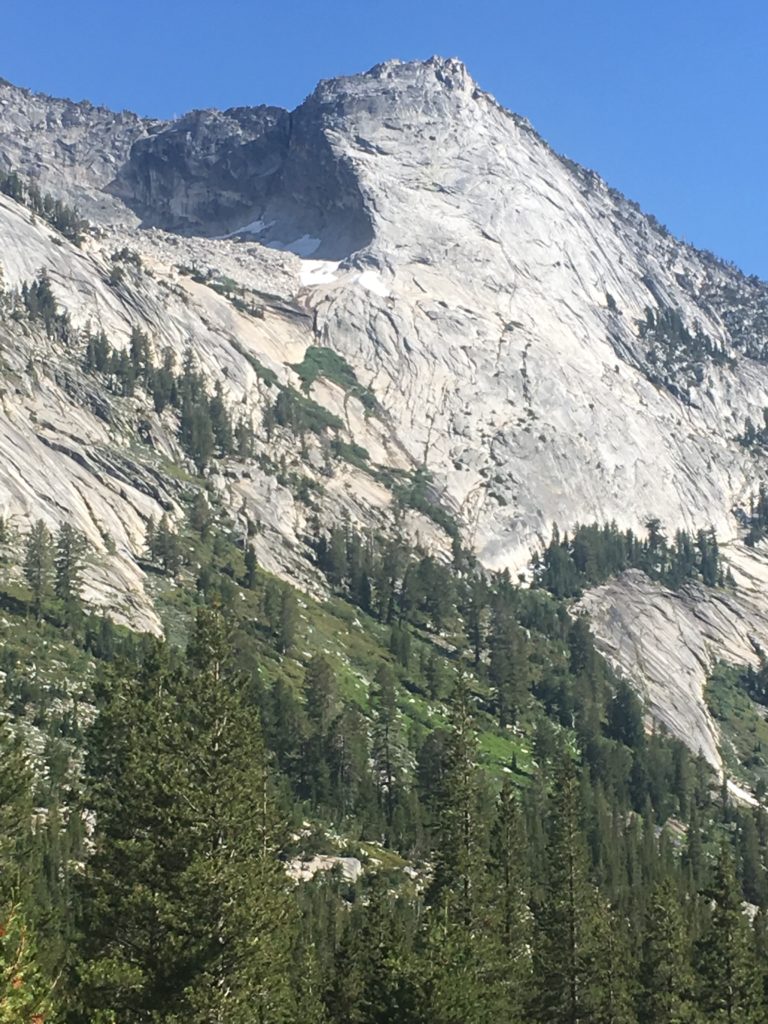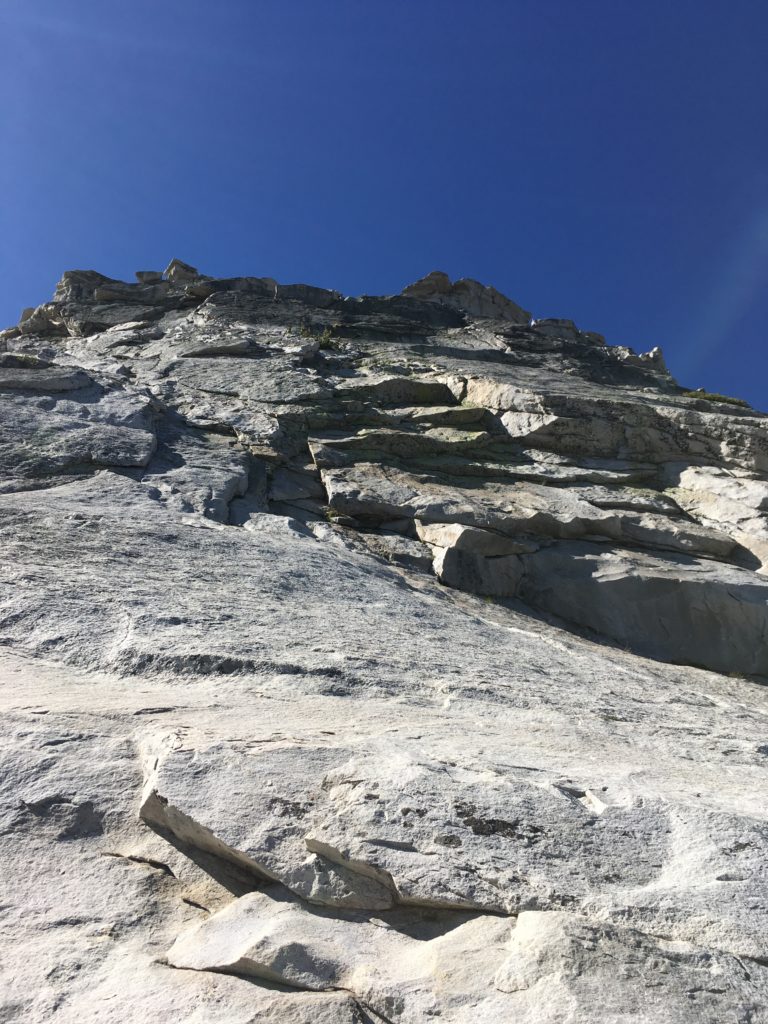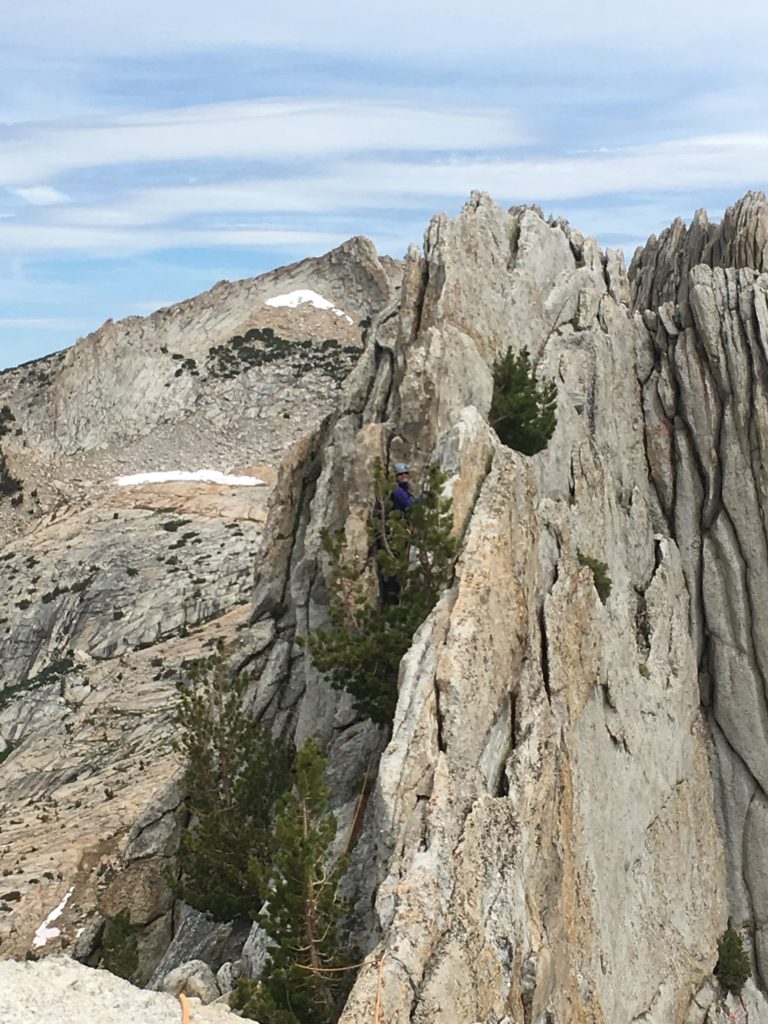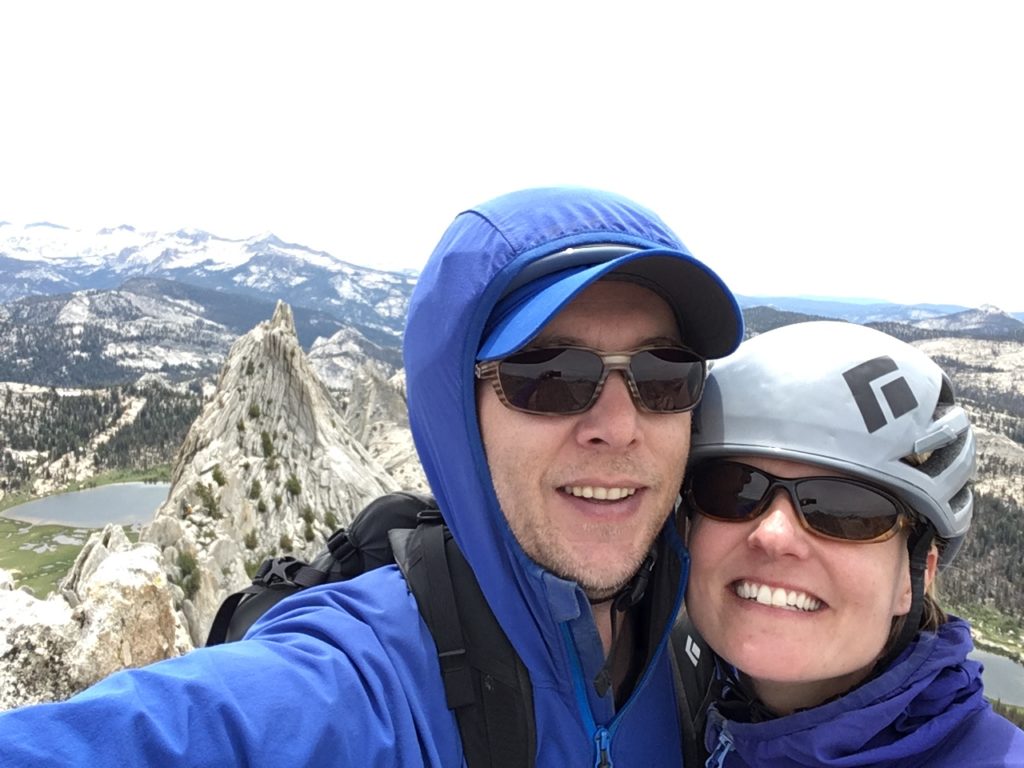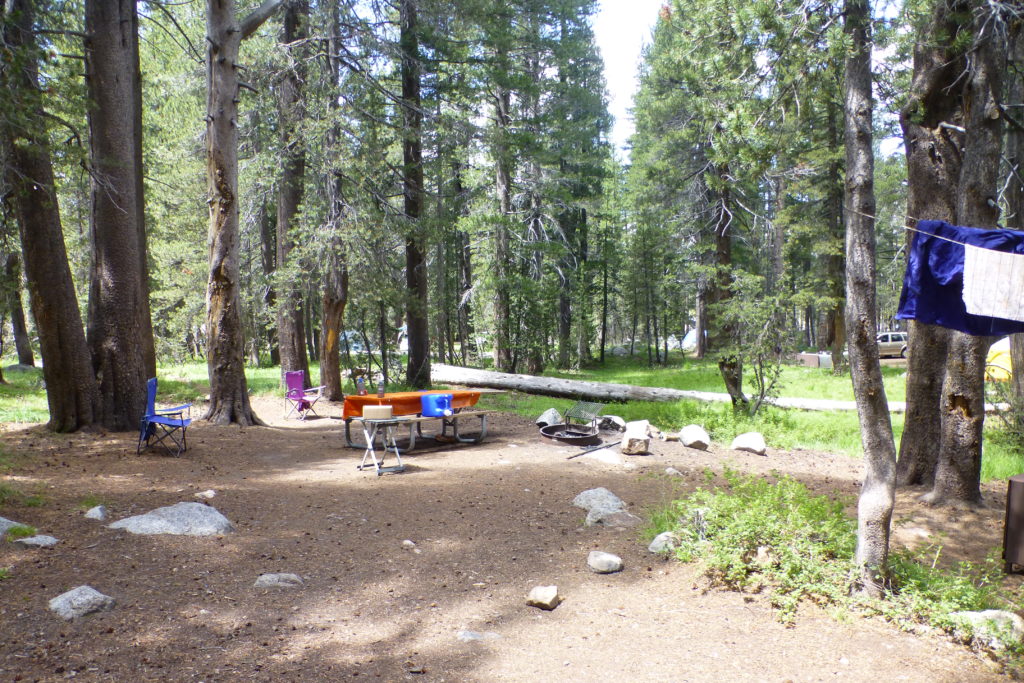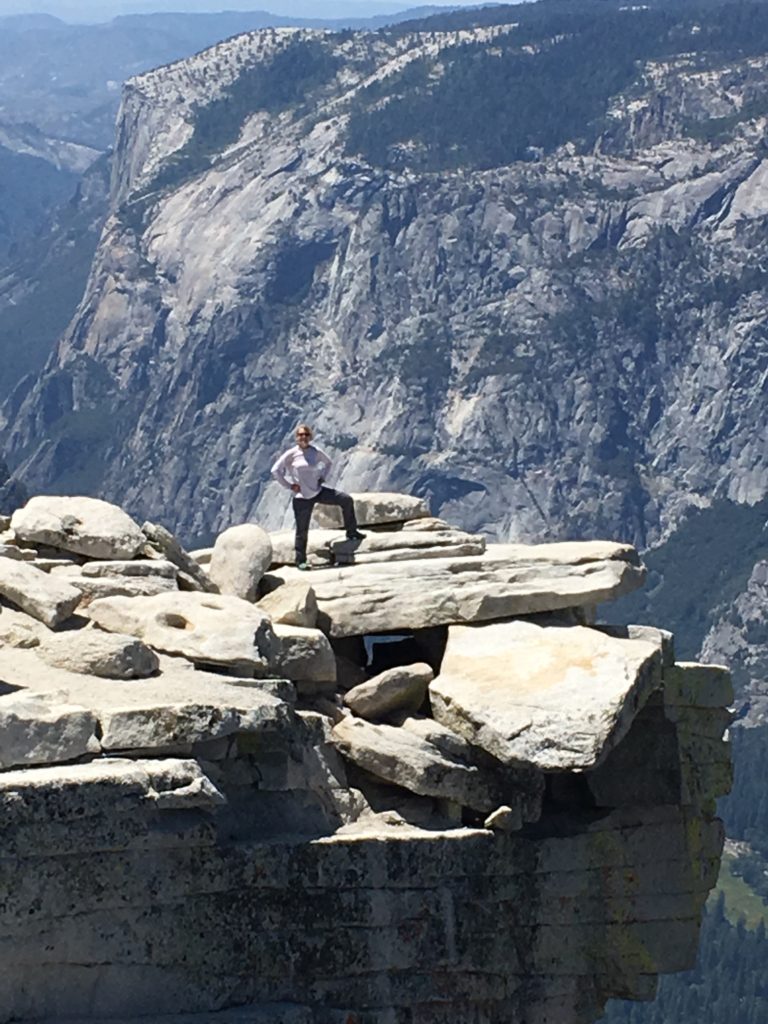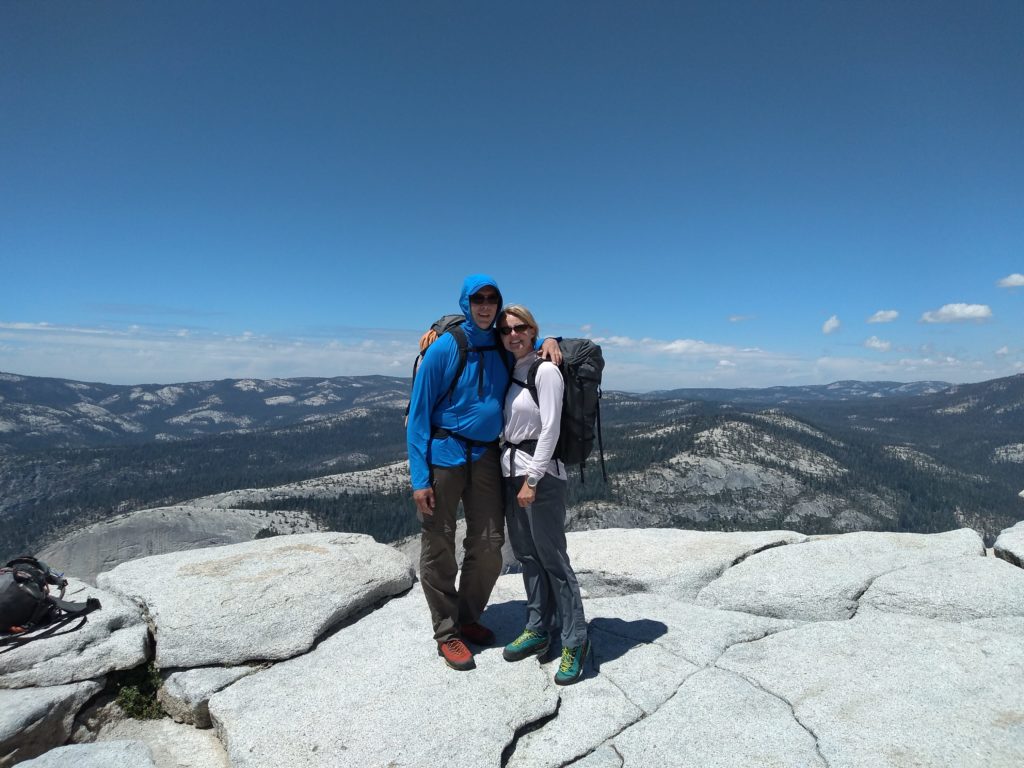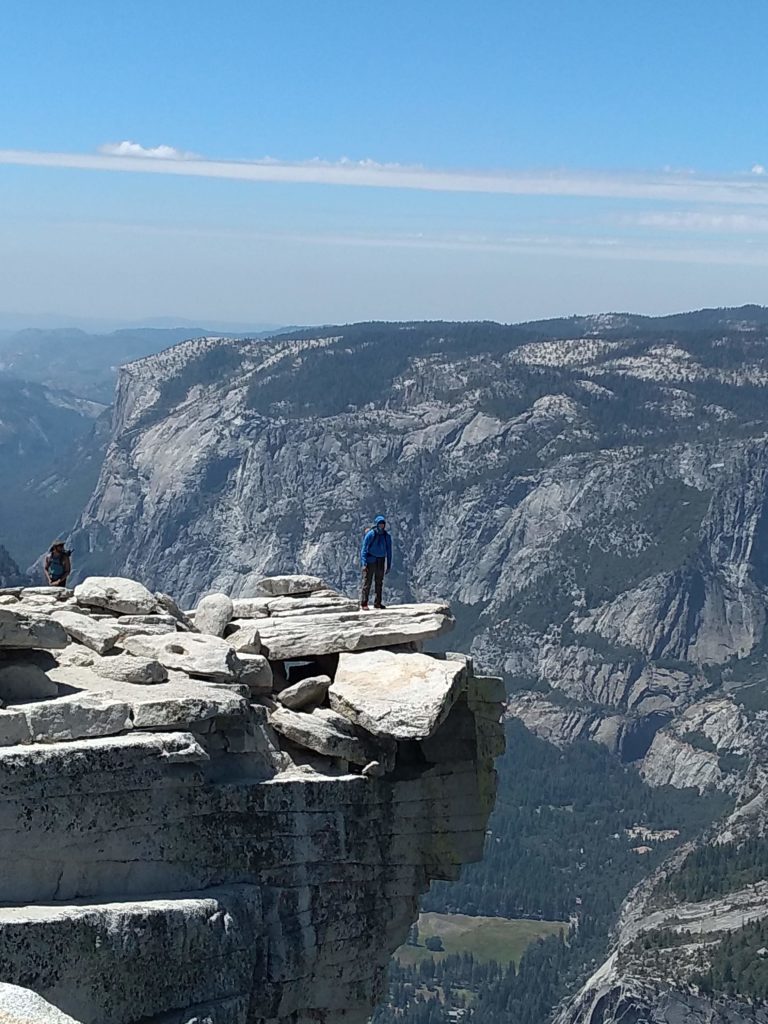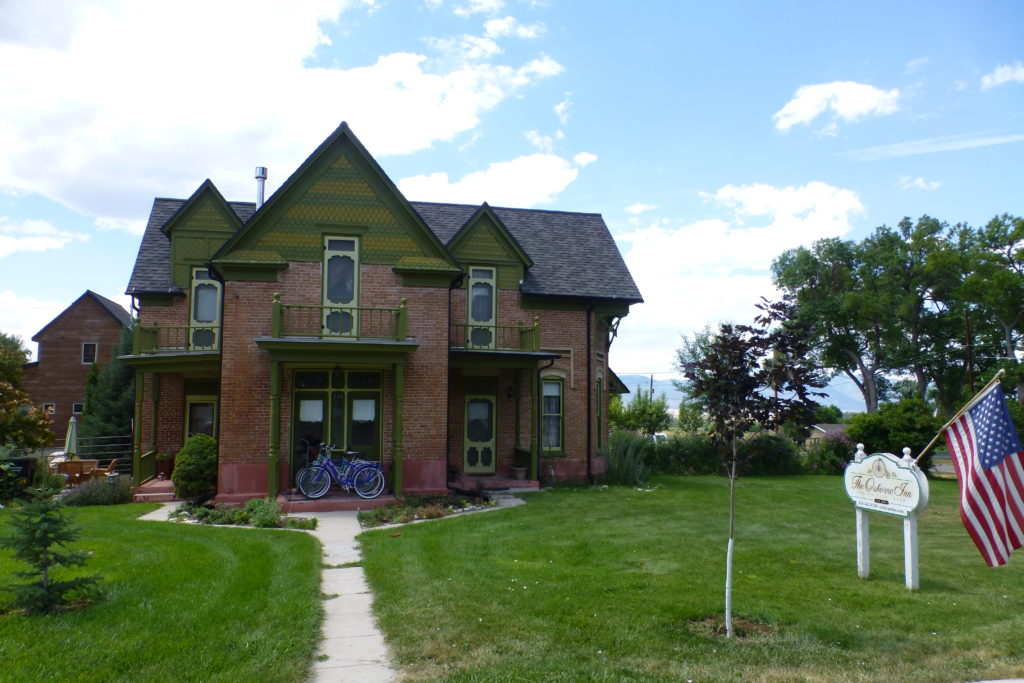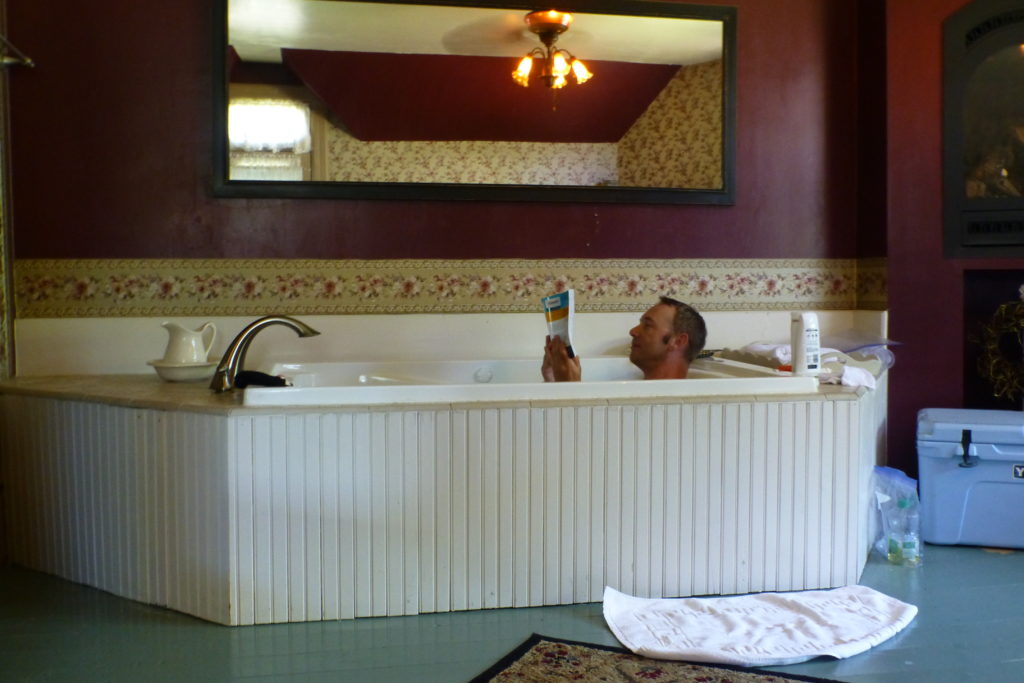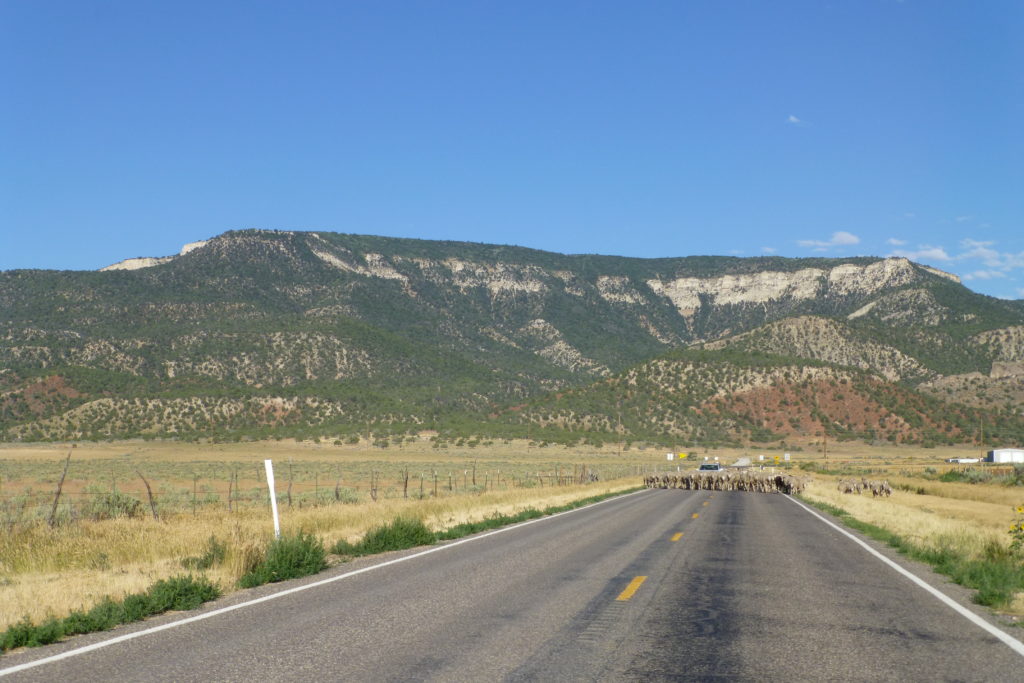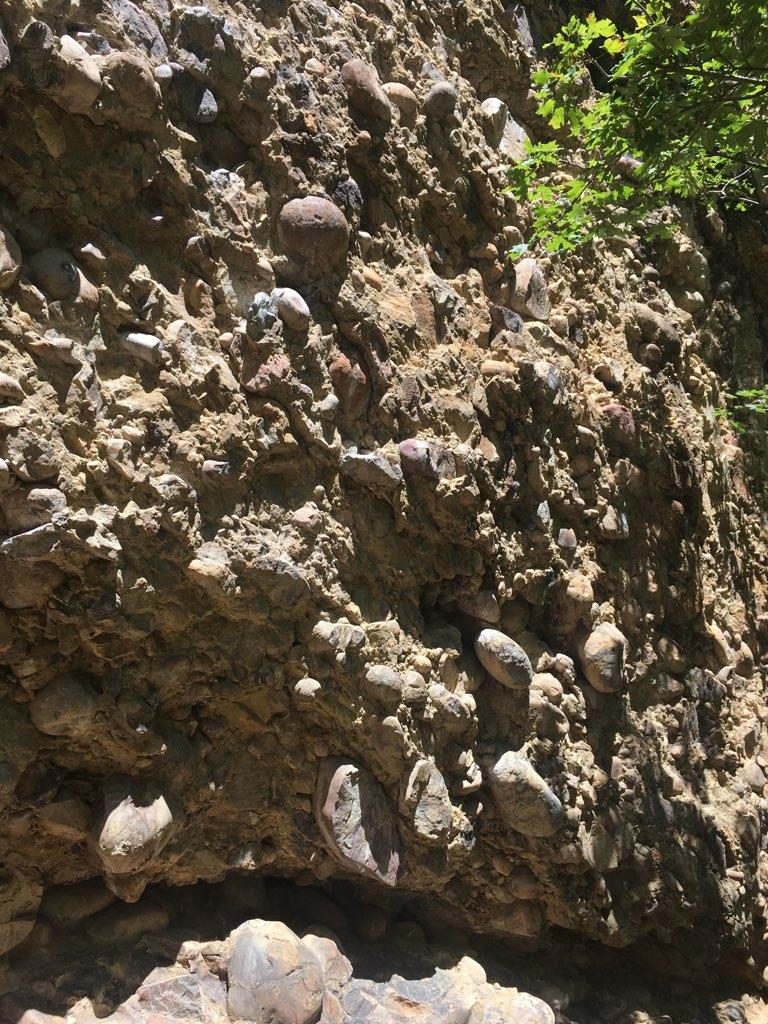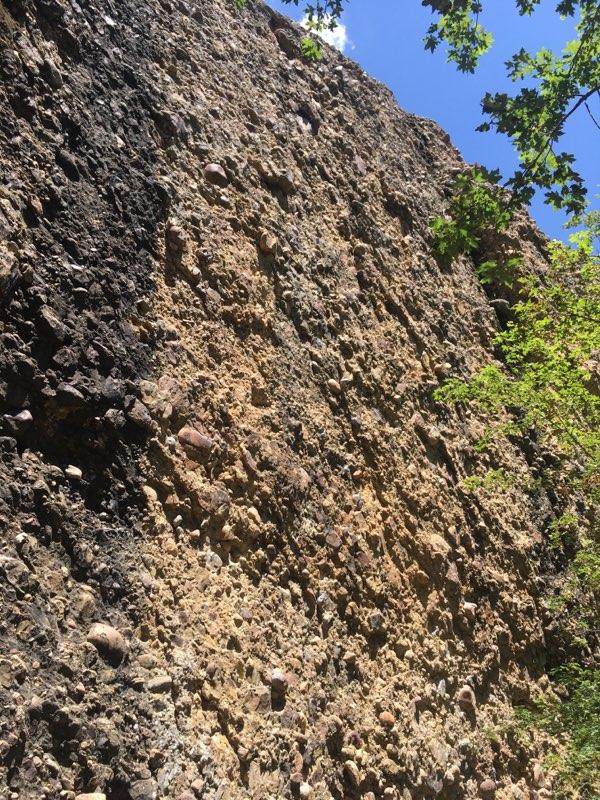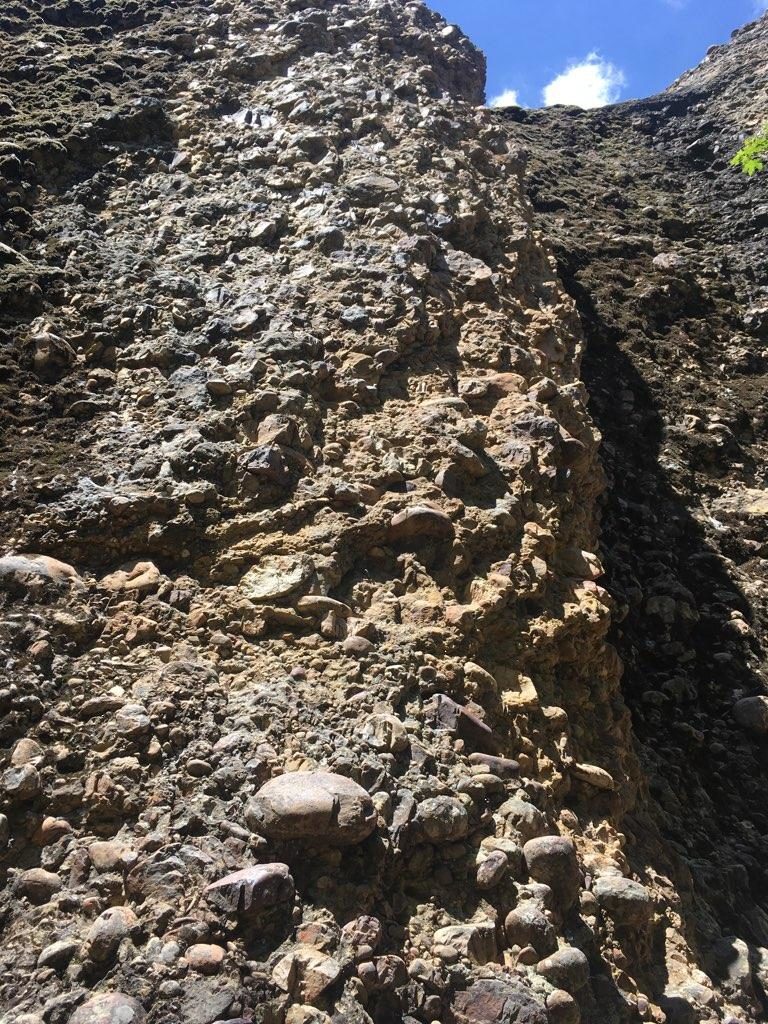Well, maybe there are some Dalmatians somewhere, but we didn’t go near any fire stations that I can recall; although we did several times run into a particularly mean old lady who might beat Cruella Deville in a fight. I guess when it comes to relevancy, however, these points are neither here nor there. The Dalmatian Coast is one of four regions that traditionally makes up Croatia; because it includes both Split and Dubrovnik, it is probably the area most identifiable to Americans—especially if they watch Game of Thrones.
I think most people who visit Croatia spend more time in Split, but we were taking the name quite literally because we had only half a day to see it before we had to split for the island of Korcula (pronounced Korchula). Split is most famous as the approximate birthplace and retirement home for one of Rome’s final emperors, Diocletian. He ruled the Roman Empire for 20 years from AD 284-305 but may have also unwittingly played a large role in its downfall by splitting it among 4 emperors before returning to his childhood home to hang out in his palace (this has nothing to do with the city’s name).

The palace took only 11 years to finish, much to the suffering of slave laborers—2,000 of whom died during the construction. Most of the structures we saw came much later—medieval houses, mid-2000’s gift stands, etc., but it actually made for an interesting mix. One of the best parts, though, was also one of the oldest—the cellars. Most of this was actually only excavated during the 1950’s after being discovered about 100 years ago. It is also the filming site where Daenerys chained her dragons in GOT (we never got super in to this part of touring Croatia, but it was still fun to try to identify familiar spots). My favorite part was the Roman pipe on display—square with a round hole…they could interconnect to form a sort of ancient Lego.
The other really cool part of the palace was the vestibule to Diocletian’s living quarters. Situated over the steps to the main square, he used it as a greeting spot for important visitors and to make a grand entrance once a season to remind his subjects (who viewed him as a god) that he was the stud duck. It once was capped by an ornate dome, but the open-air round top was actually pretty impressive as well.
We spent most of the day just sort of wandering around the circular narrow lanes both in his palace and the rest of the old town. This was actually quite fun; it was full of shops, restaurants, and all types of people. Like all the old towns we’ve visited, all the streets were cobblestones, and some of the squares were quite slick. Eventually, we found a place with surprisingly good local microbrews to sit in a quiet side street before having dinner in the busy, lively square and then doing the walk along the main boardwalk—a favorite pastime of both locals and tourists. Strangely, we saw some version of Chinese paparazzi filming three young Chinese people standing in a crosswalk—apparently, they are celebrities…possibly reality television stars, professional gamers or maybe just really good at not jaywalking.
Split was a fun place to hang out for a day, but I was in fact, ready to split for Korcula the next day; I love me some island time. Korcula is an island that requires about a 2-hour ferry from either Split or Dubrovnik. It was discovered by the Greeks, ruled by the Romans, and later developed by the Venetians. It was the birthplace of Marco Polo, and also the only island I’ve seen so far with a walled city.
We were also lucky to arrive on a Thursday because we could see the Moreska, the island’s traditional dance, performed that night. The dance tells the story of two Dalmatian kings who are fighting over a lovely lady; the bad king has decided to go ahead and kidnap the lady, and so the good king must take his army and save her. The performance began with a lovely acoustic harmony of four beautiful songs of love and, I presume, loss. Then the bad king comes out with his kidnapped lady and army; once the good king and soldiers enter, a little trash talking ensues before the battle. All of this is set to the music of a small local orchestra of both kids and adults. The dance portrays the battle through a series of short fights; it is athletic and exciting—soldiers spin in two circles, carrying two short swords, striking left and right. Several dancers lost multiple swords in the violent striking as the fight went on, and you could even see sparks coming off the blades. No spoilers as to who wins the lovely lady, but Sarah and I were blown away by how good this dance was, considering Korcula is a pretty small island, and only locals from traditional families could perform.
Oh, also, the celebrity crosswalkers had made their way to the island and apparently eaten dinner next to our condo that night because the paparazzi was standing outside our door below our drying laundry; I asked one if he’d photographed my underwear, but I don’t think he knew I was joking.
Our plan for the next day was to rent a scooter to go to a couple of wineries and the beach; this was jeopardized, however, by a rental dude with a very large chip on his shoulder. I must look like a real gumby because he grilled me pretty hard about whether I knew how to ride a scooter; I assured him I would not be a crazy tourist, but he assured me that people who say they know how to ride scooters rarely really do. He even made me take a test, which I passed and was rewarded with the world’s most gutless hog. The area we went to was on a hill, and Sarah was sure she would have to get off and walk; we made it but probably looked just like Dumb and Dumber.

Korcula may be small, but it actually produces a really good wine that is not grown anywhere else in the world. The white wine is made from the Grk varietal, which is commonly thought to be named for the Greeks, who brought it to the island. The girl at the second winery we visited contested this, pointing out that the Greeks were actually on the island before they were known as Greeks and the term Grk could also derive from a word that loosely meant agriculture or soil. I have to admit, I had wondered why Grk doesn’t grow in Greece if it was from there. Anyway, both Sarah and I really liked this light, minerally crisp wine and were sad that we would probably never have it again. Not too sad, however, to prevent us from spending the rest of the day at a beautiful sandy beach and swimming all afternoon; we both love to swim in the ocean and had been waiting for a chance to get after it a little. The water was too cold to simply float, but it was great for swimming!
After two days spent on the beach (we rented bikes the next day, not wanting to go through the rigorous scooter test again), we decided to kayak to a couple of nearby islands. We rented a double kayak, or “divorce boat†as it is known in Sarah’s family. While we didn’t ever actually say the D-word, it did take a bipartisan effort to figure out a system for cohesive paddling. We must have done okay, though, because we got out to the main island before anyone else—we actually thought we were in the wrong place and kept paddling for the next island. By the time we’d figured out our mistake—about a mile according to the map, the sea was getting markedly deeper, darker, and swifter, so we turned around. On our way back, the water taxis were pulling into the one we’d passed, so we stopped for lunch and a swim. Before returning to Korcula, we simply floated in front of the walled fortress for a few minutes, enjoying a view you couldn’t get anywhere but on the water.
Korcula is probably not most people’s idea of how to spend four memorable days in Croatia, but it was exactly the type of place we’d been hoping for—somewhere to unwind but also stay active. While the island was not exactly deserted, for the most part you could avoid the crowds (if not the Chinese paparazzi). Split had also offered an interesting bit of history and great people watching. So far, the Dalmatian Coast, while not the canine spectacle I had imagined, was proving to be a pretty cool place to visit.





































































